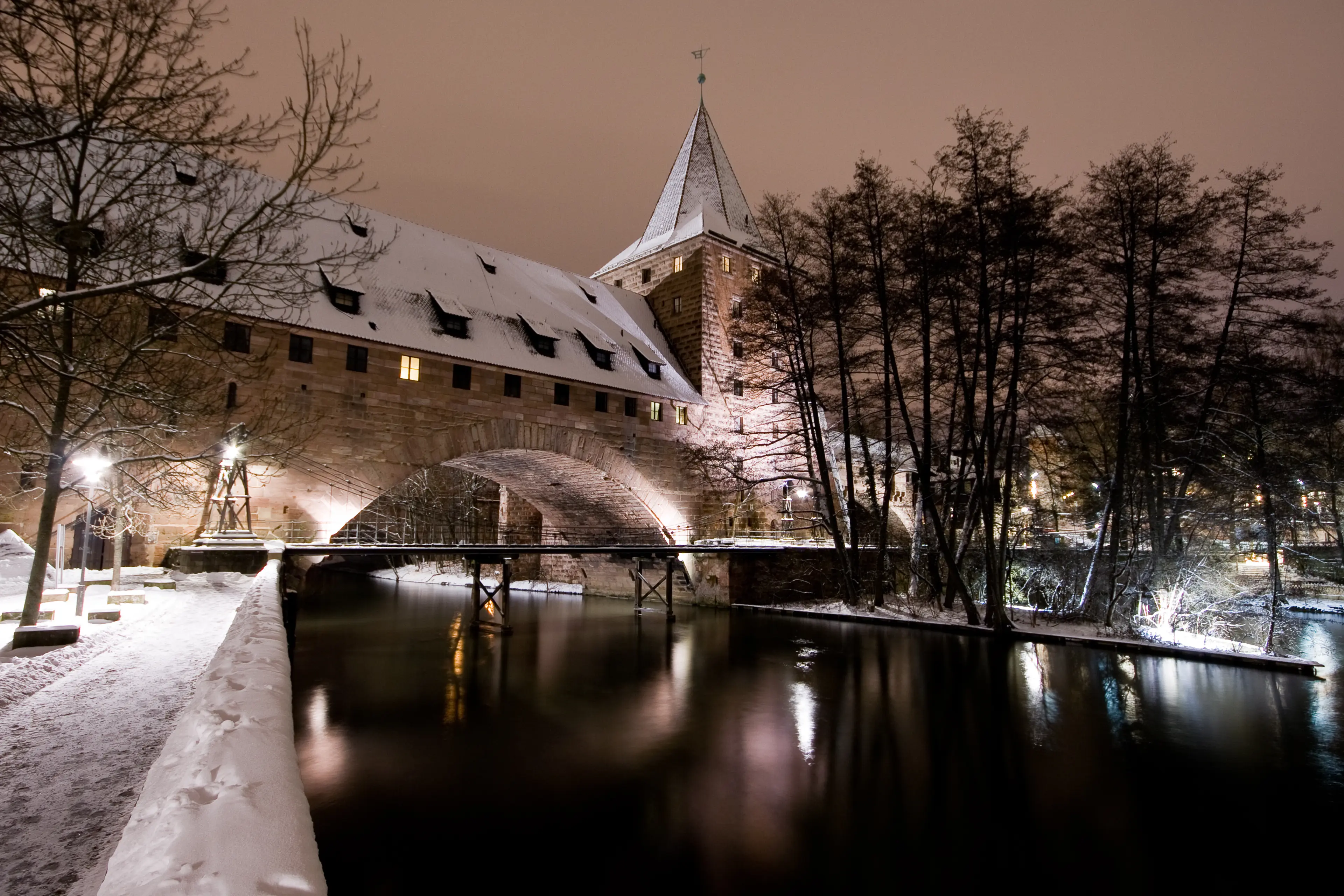3-Day Family Christmas Holiday Experience in Nuremberg, Germany
Nuremberg, Germany
3 days



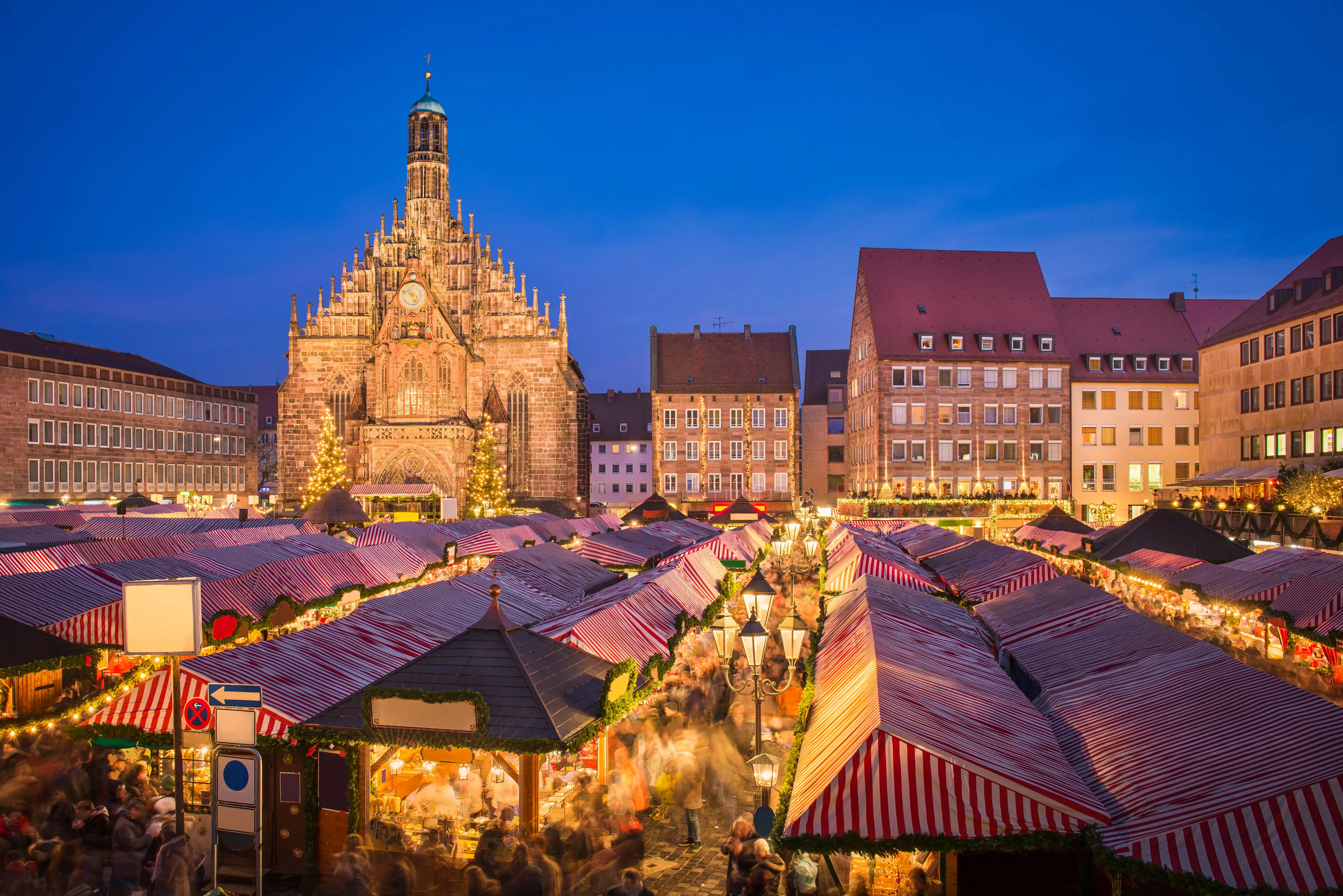
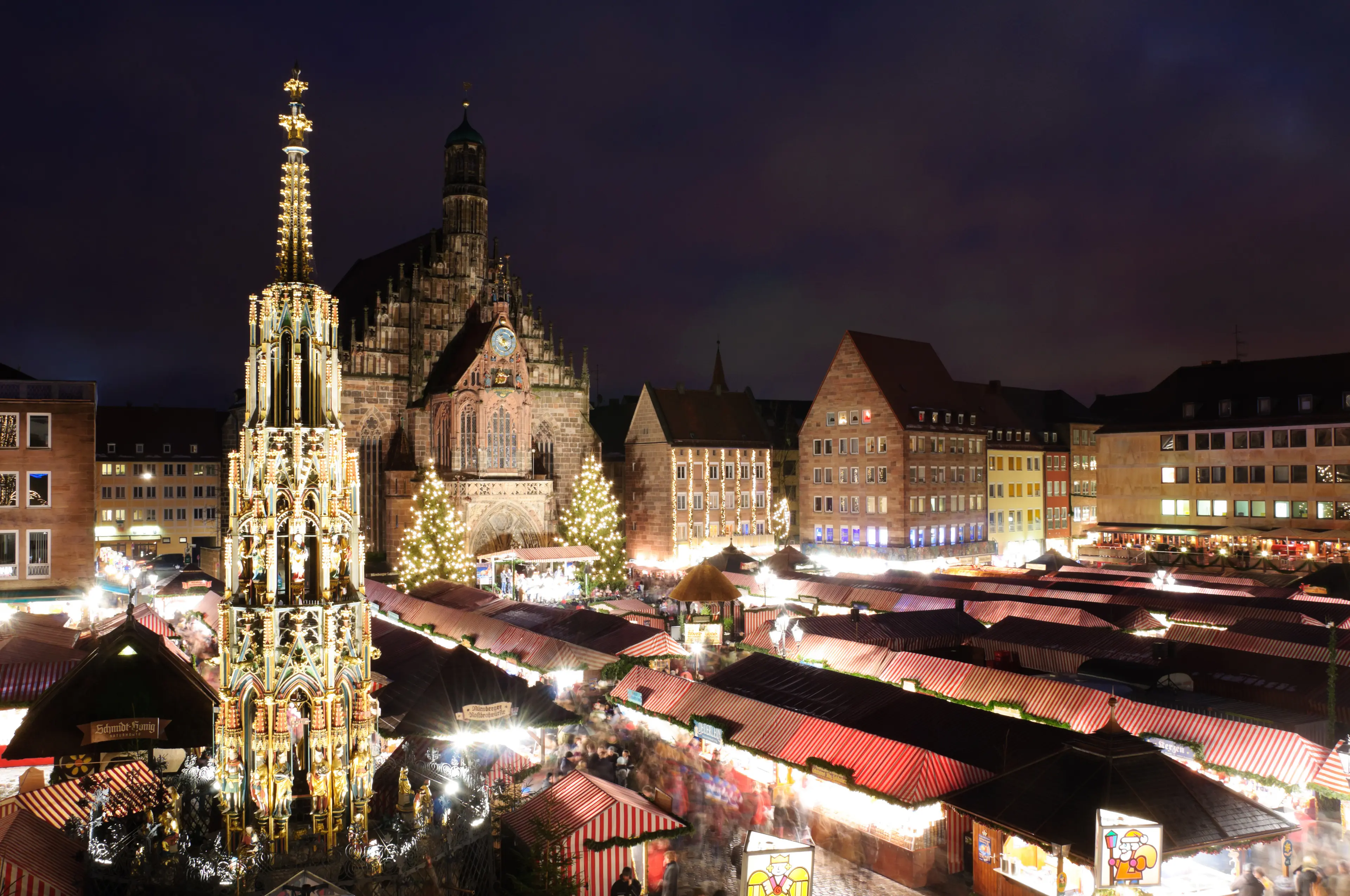
About Nuremberg, Germany
Nuremberg, Germany, is a captivating blend of rich history and vibrant modern life. The city's medieval architecture, including the imposing Nuremberg Castle, transports you back in time, while the bustling Hauptmarkt offers a taste of local life. Explore the poignant history of WWII at the Nuremberg Trials Memorial and Documentation Center. For art lovers, the Germanisches Nationalmuseum houses an extensive collection of German art and culture. Don't miss the Toy Museum, a testament to Nuremberg's long-standing toy manufacturing tradition. Enjoy local delicacies like Nuremberg sausages and gingerbread at cozy taverns. Nuremberg, with its enchanting Christmas markets, is particularly magical in winter.
3-Day Itinerary
Day 2
Toy Museum and Old Town Exploration
Morning
Begin your second day at the Nuremberg Toy Museum. This museum is a delight for both kids and adults, showcasing toys from all eras.
Lunch
Have lunch at a cozy restaurant in the Old Town. Try Franconian specialties like Schäufele (pork shoulder) and Klöße (potato dumplings).
Afternoon
Spend the afternoon exploring the Old Town. Visit St. Lorenz Church, a beautiful Gothic church, and walk along the Pegnitz River.
Dinner
Enjoy dinner at a restaurant offering a variety of German dishes. Don't miss trying the Franconian wine.
Evening
In the evening, return to the Christmas Market. Participate in the festive activities, enjoy the Christmas lights, and try different types of Christmas cookies.
Day 3
Documentation Center Visit and Opera House Performance
Morning
On your last day, visit the Documentation Center Nazi Party Rally Grounds. This museum provides a detailed history of the Nazi regime in Germany.
Lunch
Have lunch at a restaurant near the Documentation Center. Try some local dishes like Nuremberg Rostbratwurst or Sauerbraten.
Afternoon
After lunch, take a walk in the Nuremberg City Park. Enjoy the serene environment and let the kids play in the playground.
Dinner
For your last dinner, choose a restaurant that offers a wide range of German cuisine. Try some Franconian beer to accompany your meal.
Evening
End your trip with a visit to the Nuremberg Opera House. Enjoy a family-friendly Christmas concert or ballet performance.
Attractions in Itinerary (8)
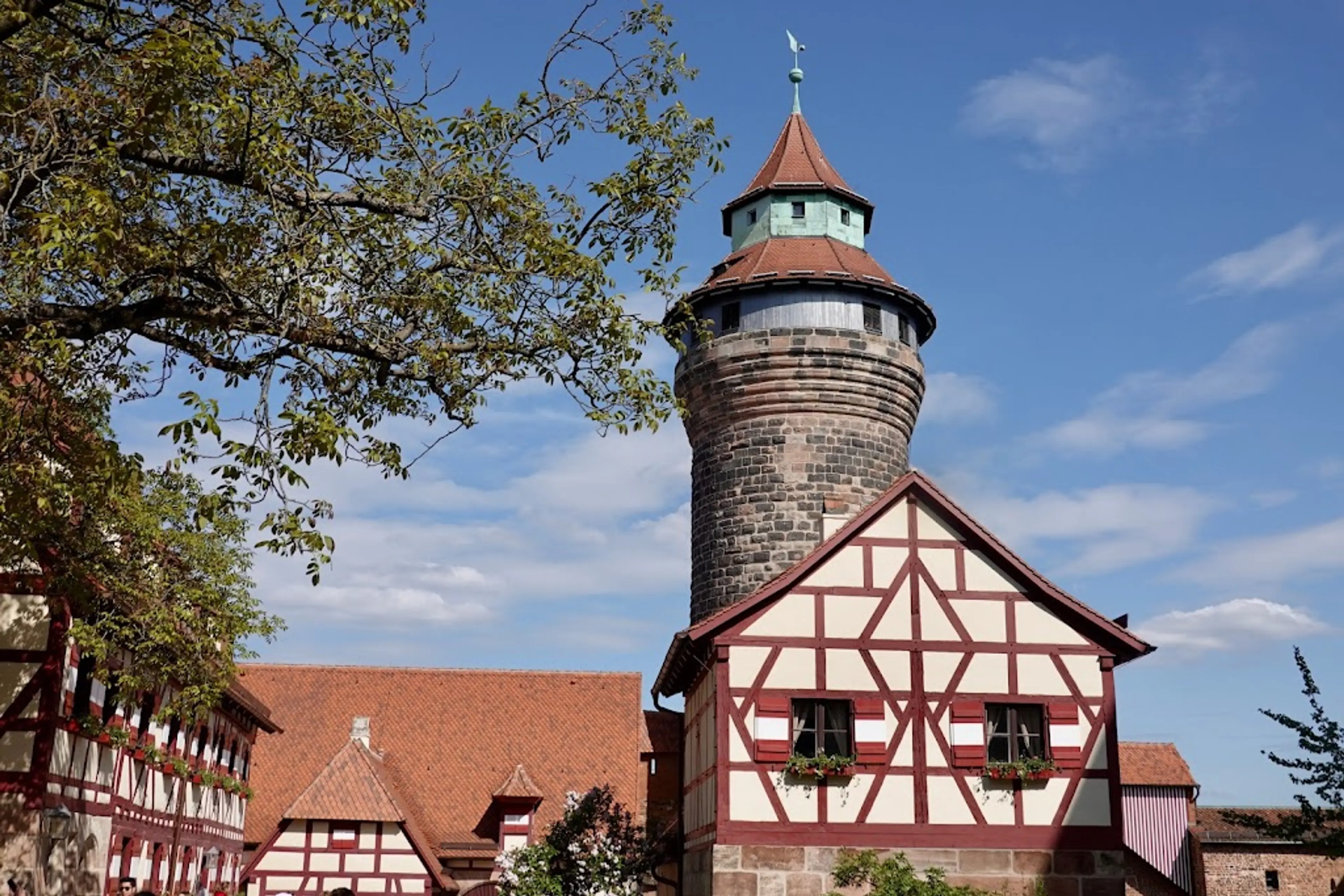
1Nuremberg Castle
Nuremberg Castle is a historic castle complex in Nuremberg, offering panoramic views of the city. It's one of the most important imperial palaces of the Middle Ages.
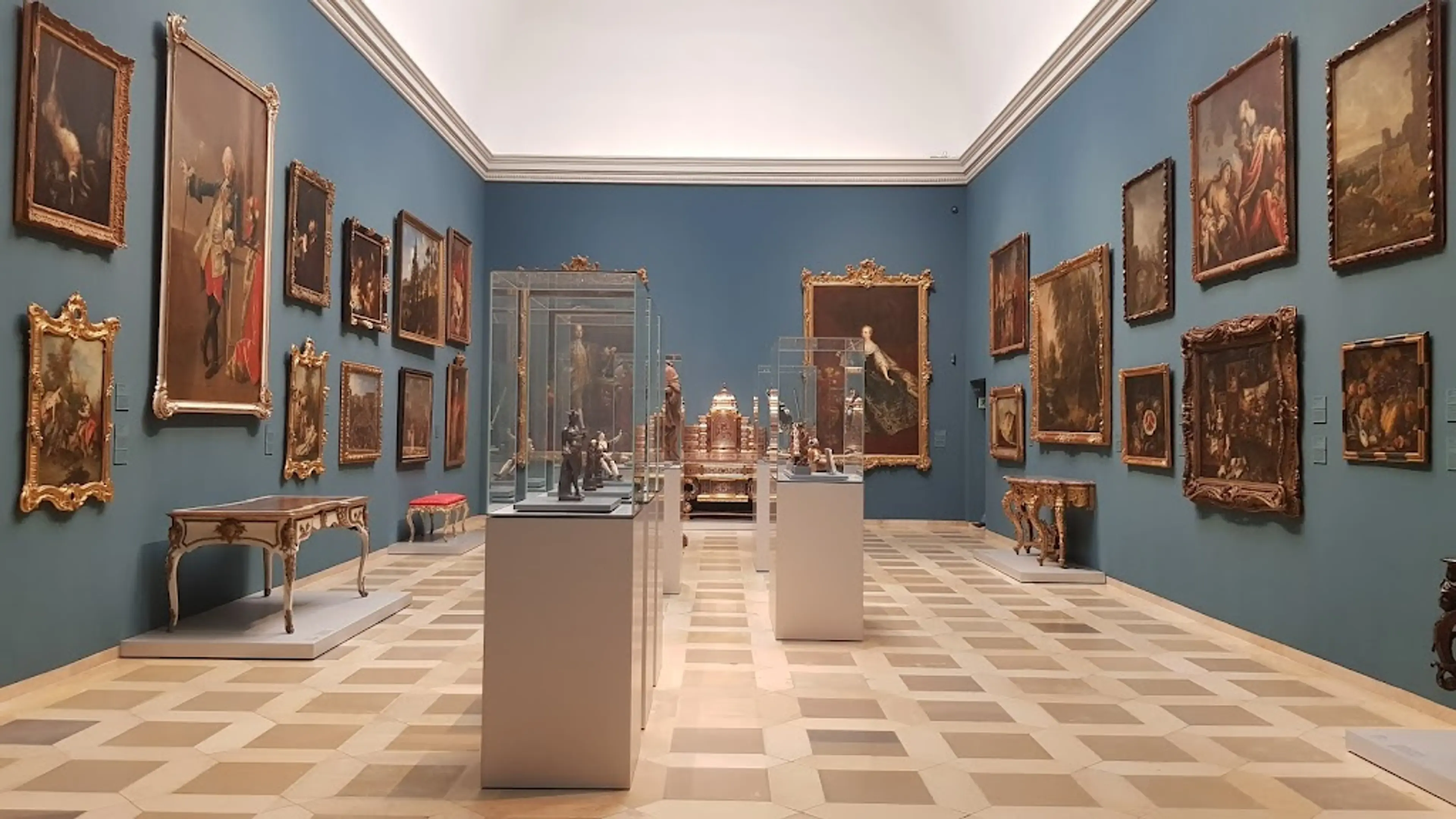
2Germanic National Museum
The Germanic National Museum in Nuremberg is the largest museum of cultural history in Germany. It houses a vast collection of items relating to German culture and art from prehistoric times to the present day.
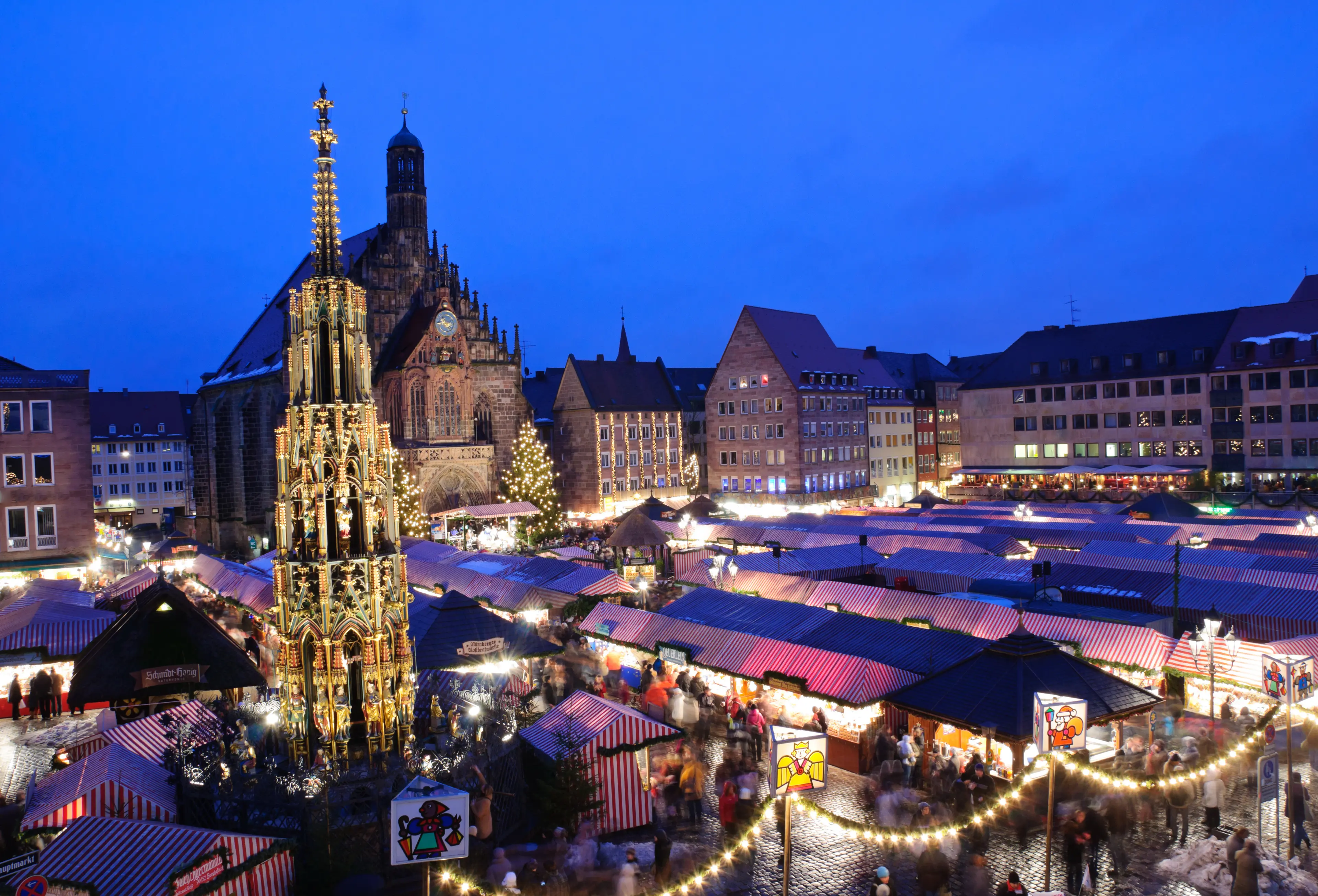
3Nuremberg Christmas Market
The Nuremberg Christmas Market is a festive event held annually in the Old Town of Nuremberg. It's one of the oldest and most famous Christmas markets in the world.
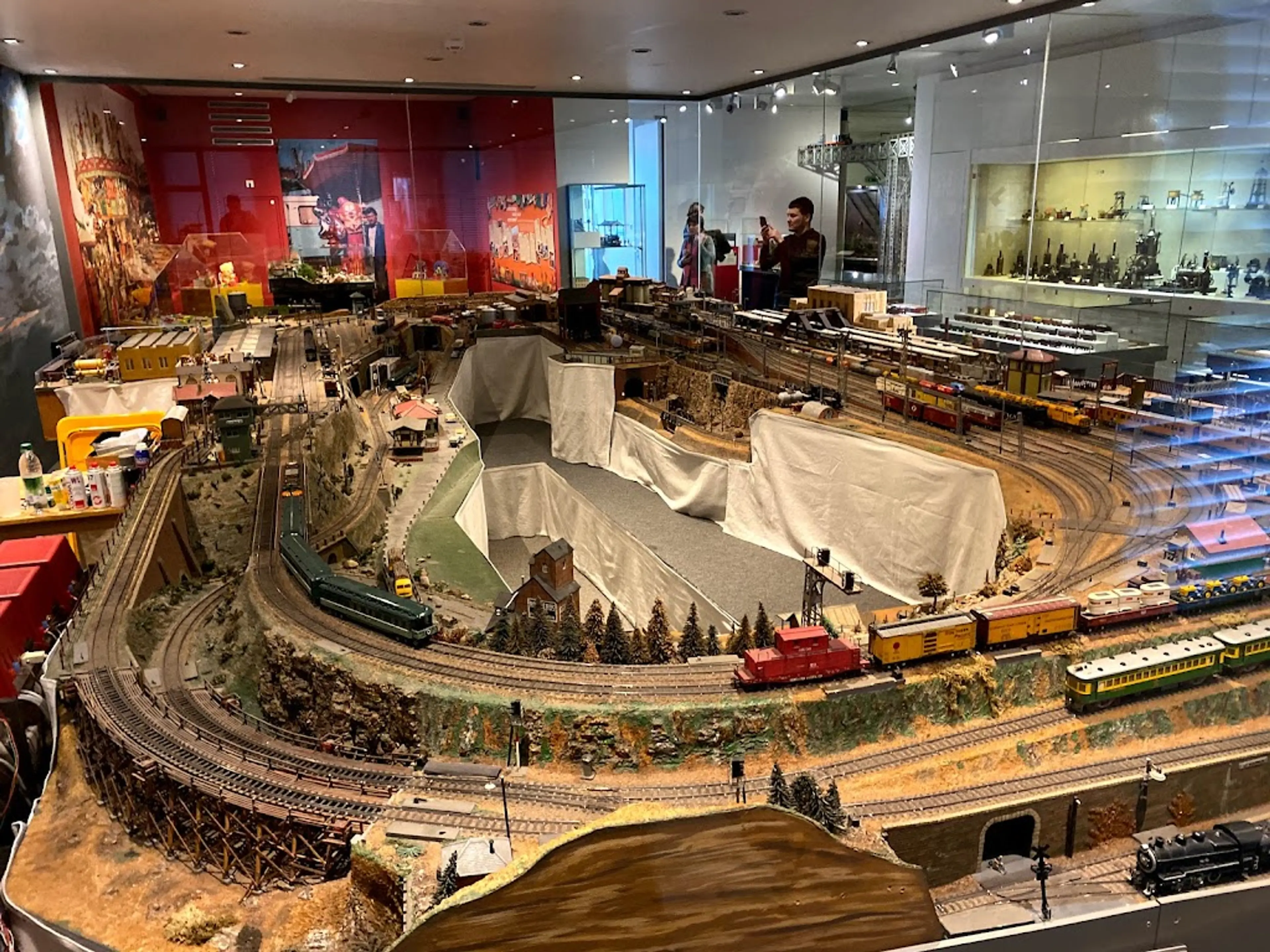
4Nuremberg Toy Museum
The Nuremberg Toy Museum is a fascinating museum dedicated to the history of toys, showcasing a collection of toys from the Middle Ages to the present.
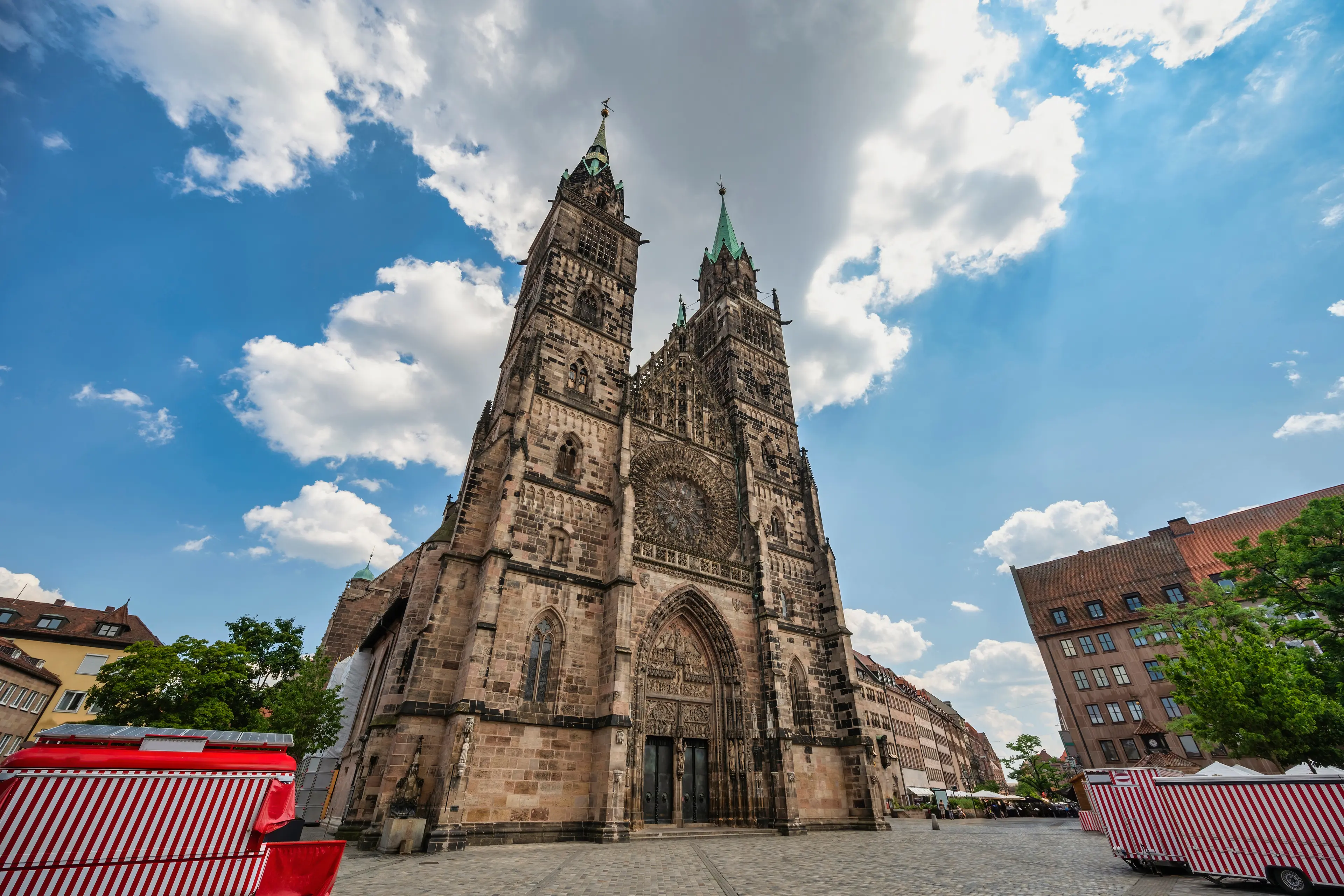
5St. Lorenz Church
St. Lorenz Church is a medieval church in Nuremberg, known for its impressive Gothic architecture. The church is one of the most important buildings in Nuremberg and a symbol of the city's rich history.
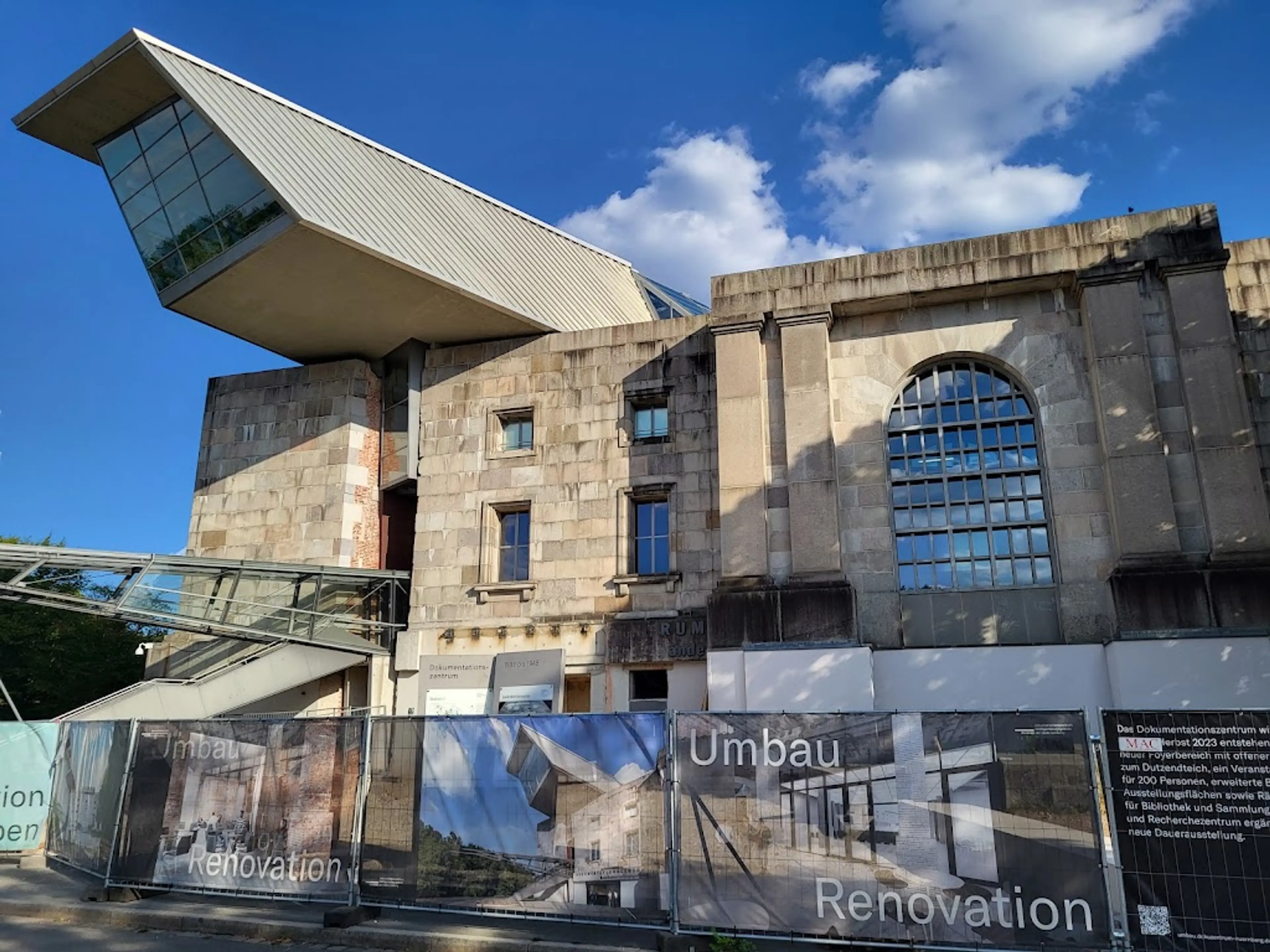
6Documentation Center Nazi Party Rally Grounds
The Documentation Center Nazi Party Rally Grounds is a museum in Nuremberg that documents the history of the Nazi Party and its activities in Nuremberg.
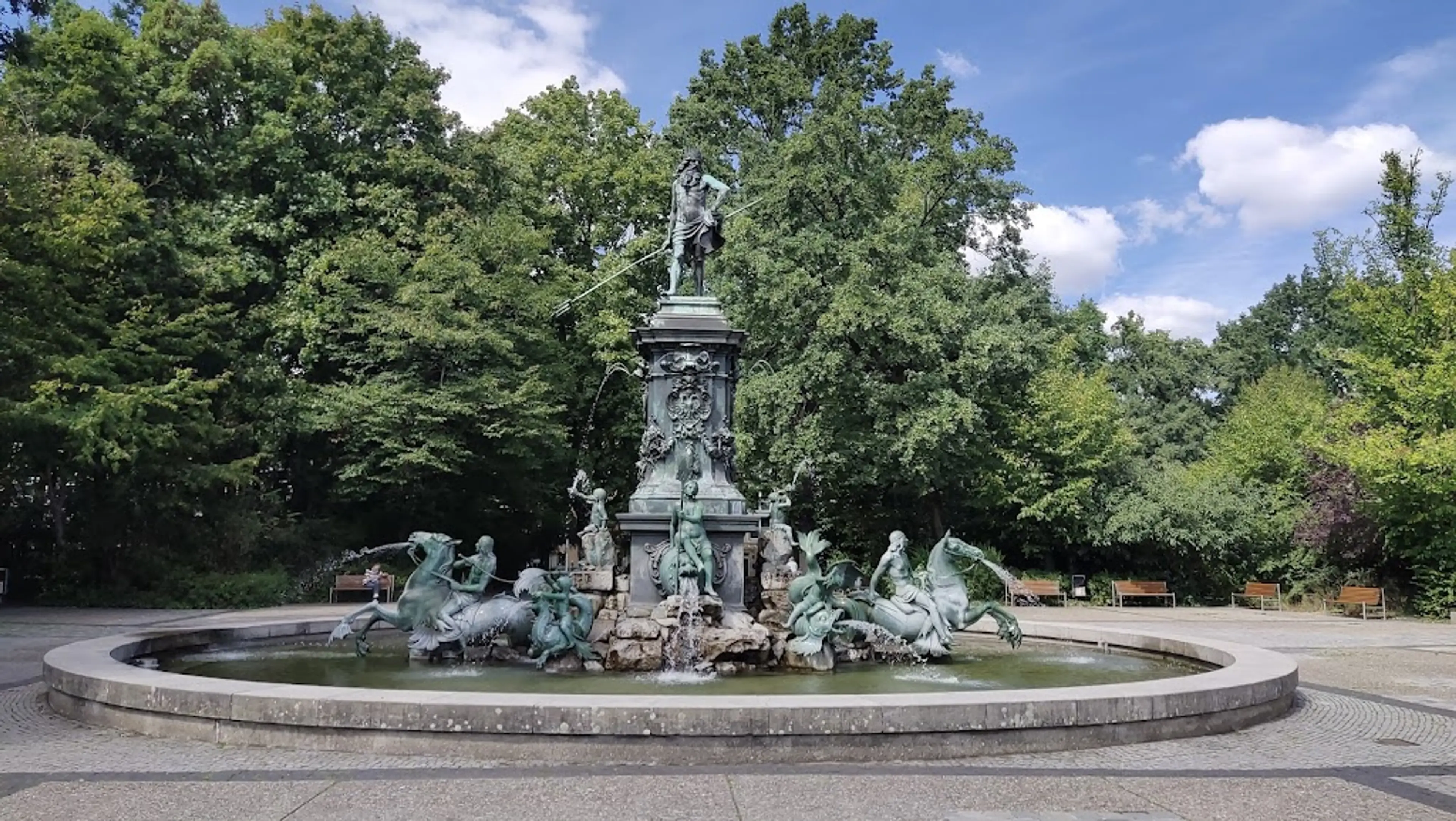
7Nuremberg City Park
Nuremberg City Park is a large urban park offering a variety of recreational activities. It's a perfect place for relaxation and outdoor activities, with beautiful landscapes and facilities.
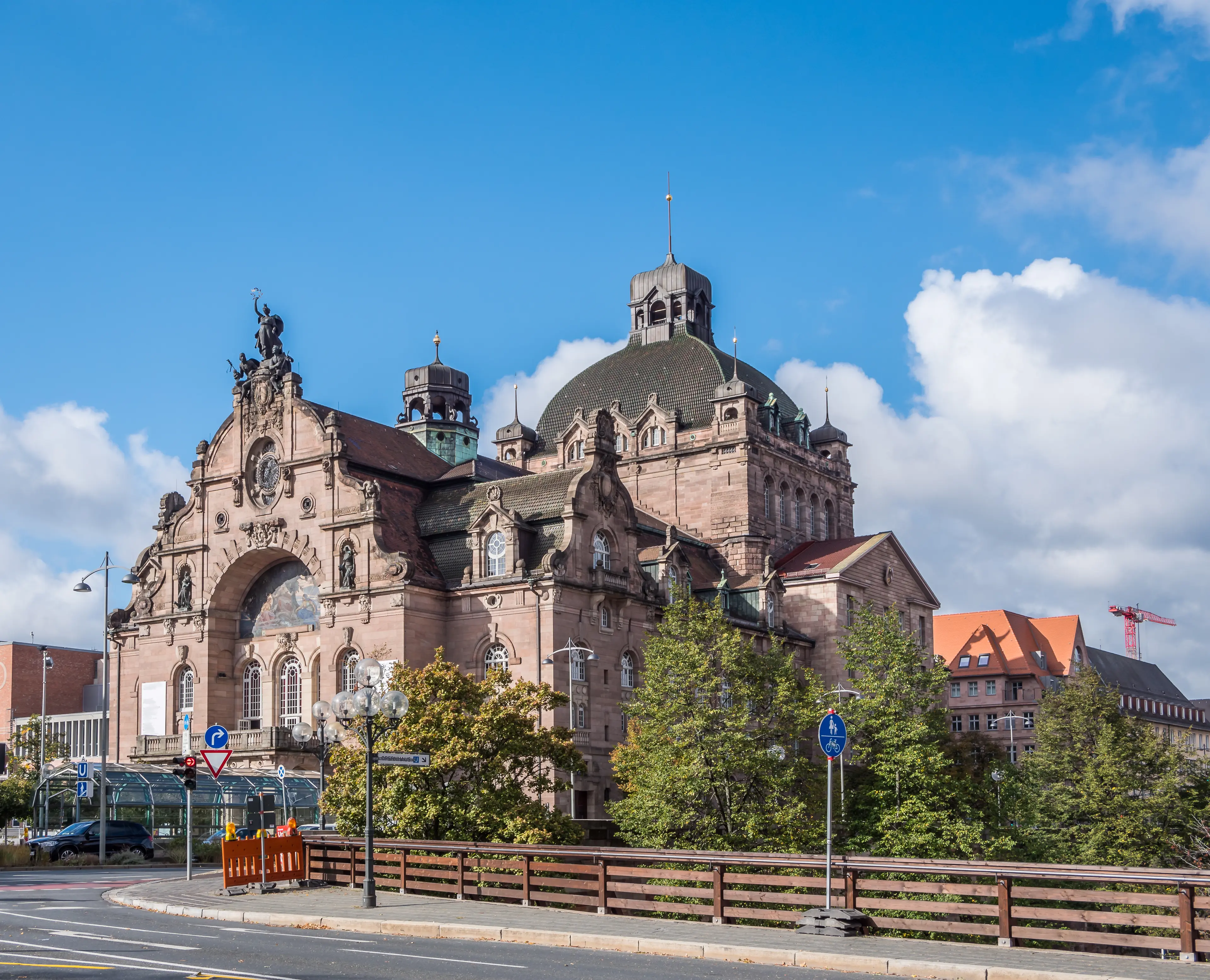
8Nuremberg Opera House
The Nuremberg Opera House is one of the largest opera houses in Germany, known for its impressive performances and beautiful architecture.
Local Food and Drinks (12)
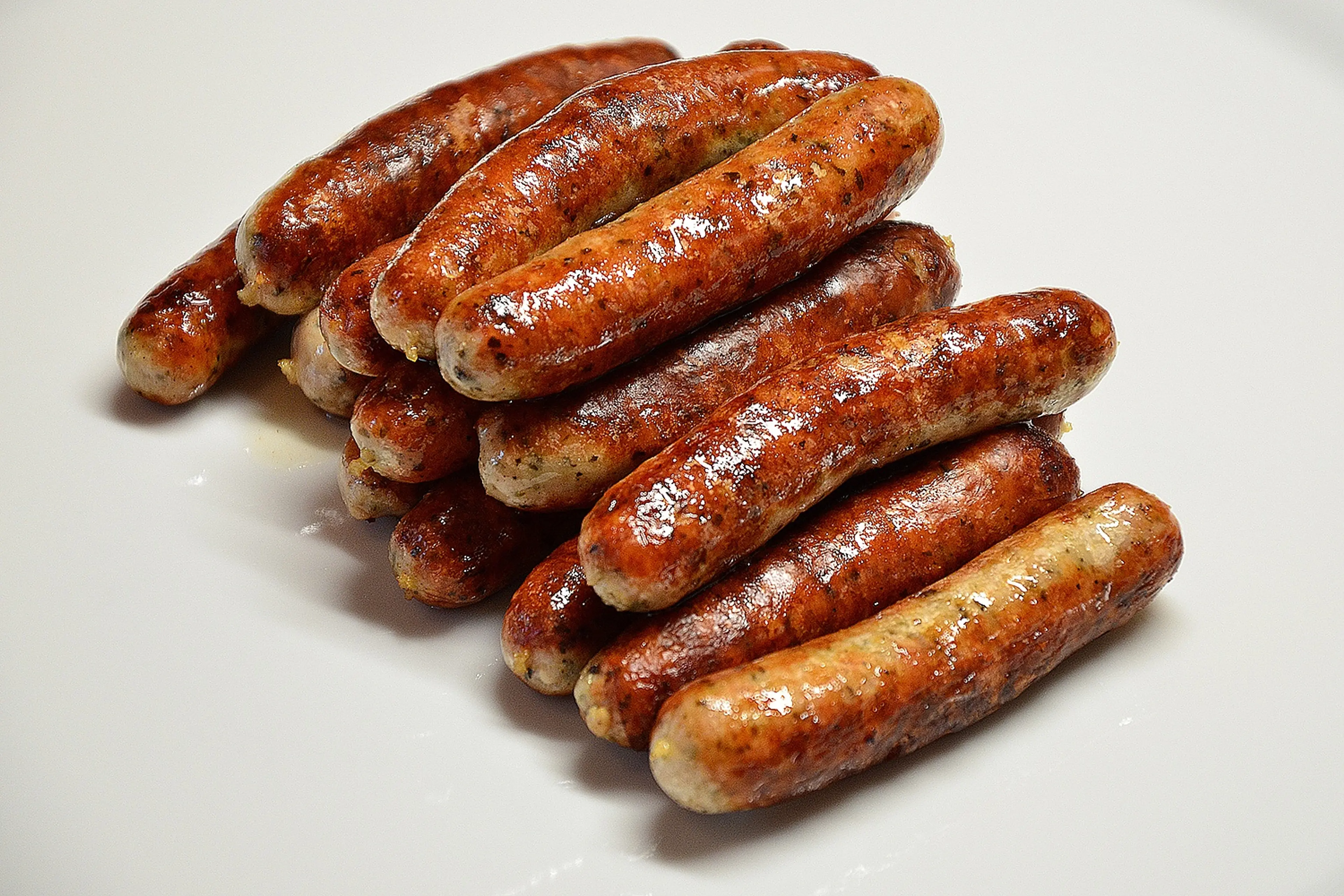
Nürnberger Rostbratwurst
A famous Nuremberg dish, these are small, thin sausages made from coarsely ground pork. They are traditionally grilled over a beechwood fire and served in sets of six or twelve.
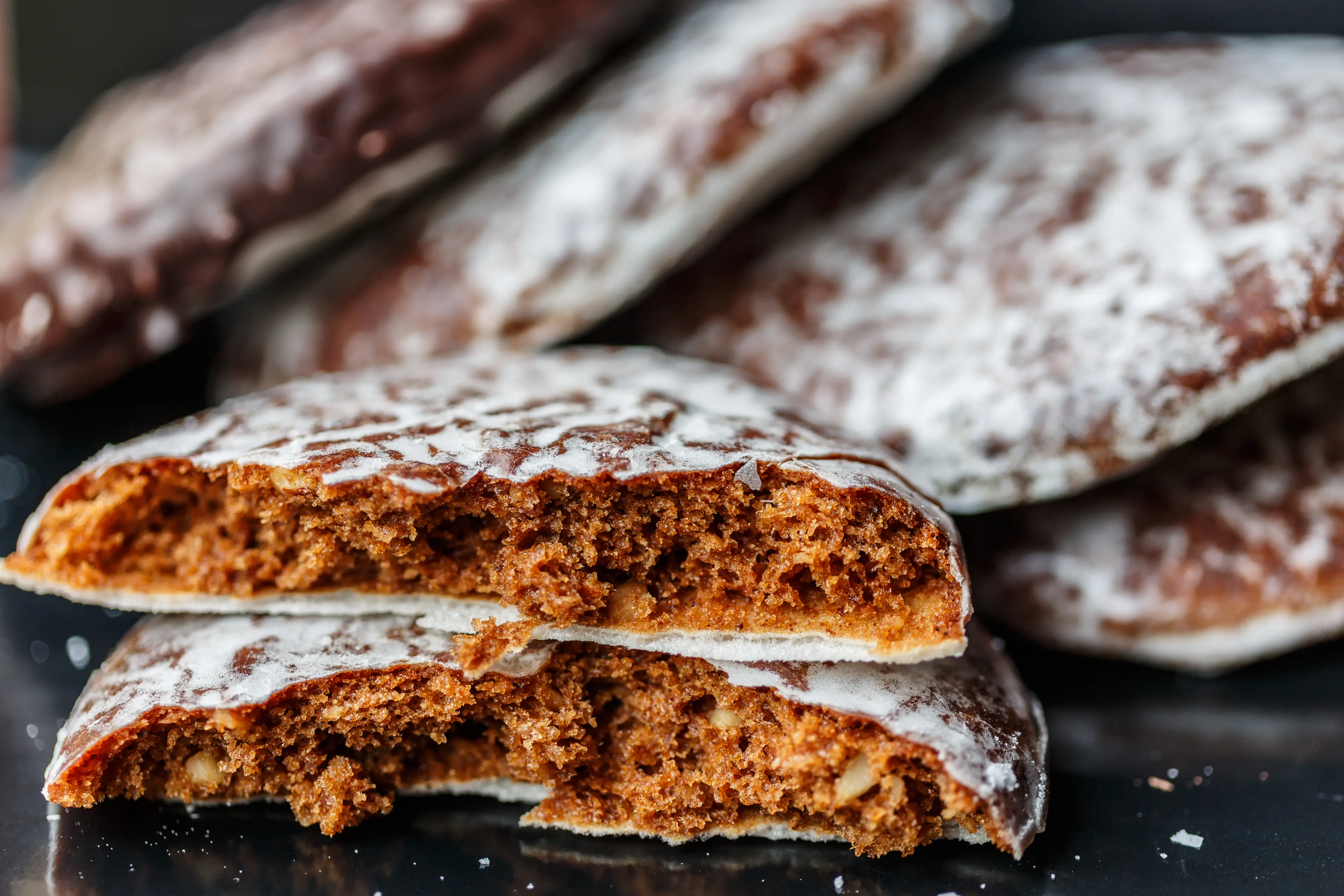
Lebkuchen
Nuremberg is known as the 'Lebkuchen capital of the world'. Lebkuchen is a type of gingerbread that is often spiced with cloves, nutmeg, and other spices, and sweetened with honey.

Franconian Wine
This is a popular local wine from the Franconian region, which Nuremberg is a part of. The wine is known for its distinctive bottle shape, called a 'Bocksbeutel'.

Schäufele
A traditional Franconian dish, Schäufele is a pork shoulder that is roasted until the skin is crispy. It is often served with potato dumplings and sauerkraut.
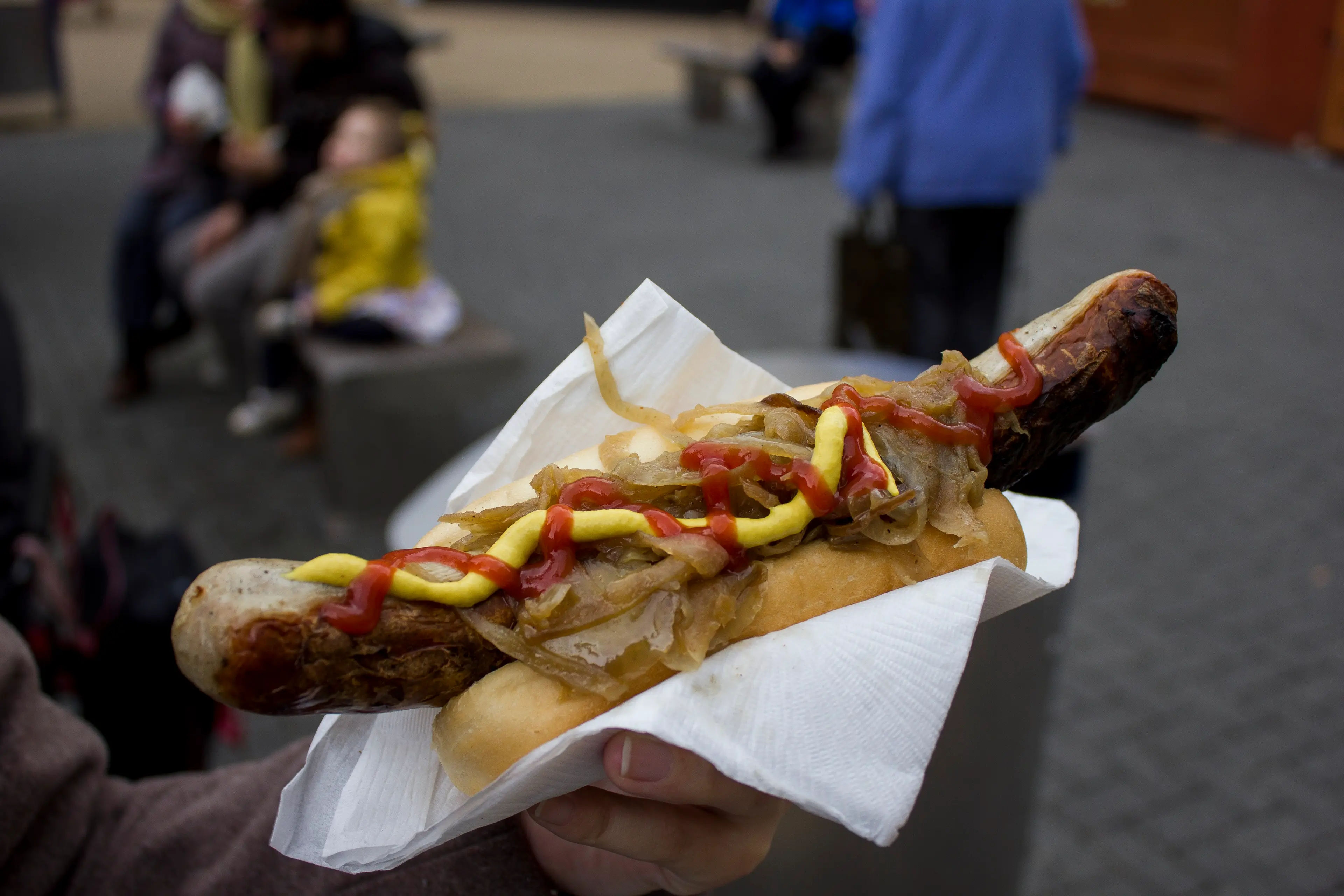
Bratwurstglocklein
A unique Nuremberg sausage that is served in a small, bell-shaped bun. The sausage is typically seasoned with marjoram and garlic.
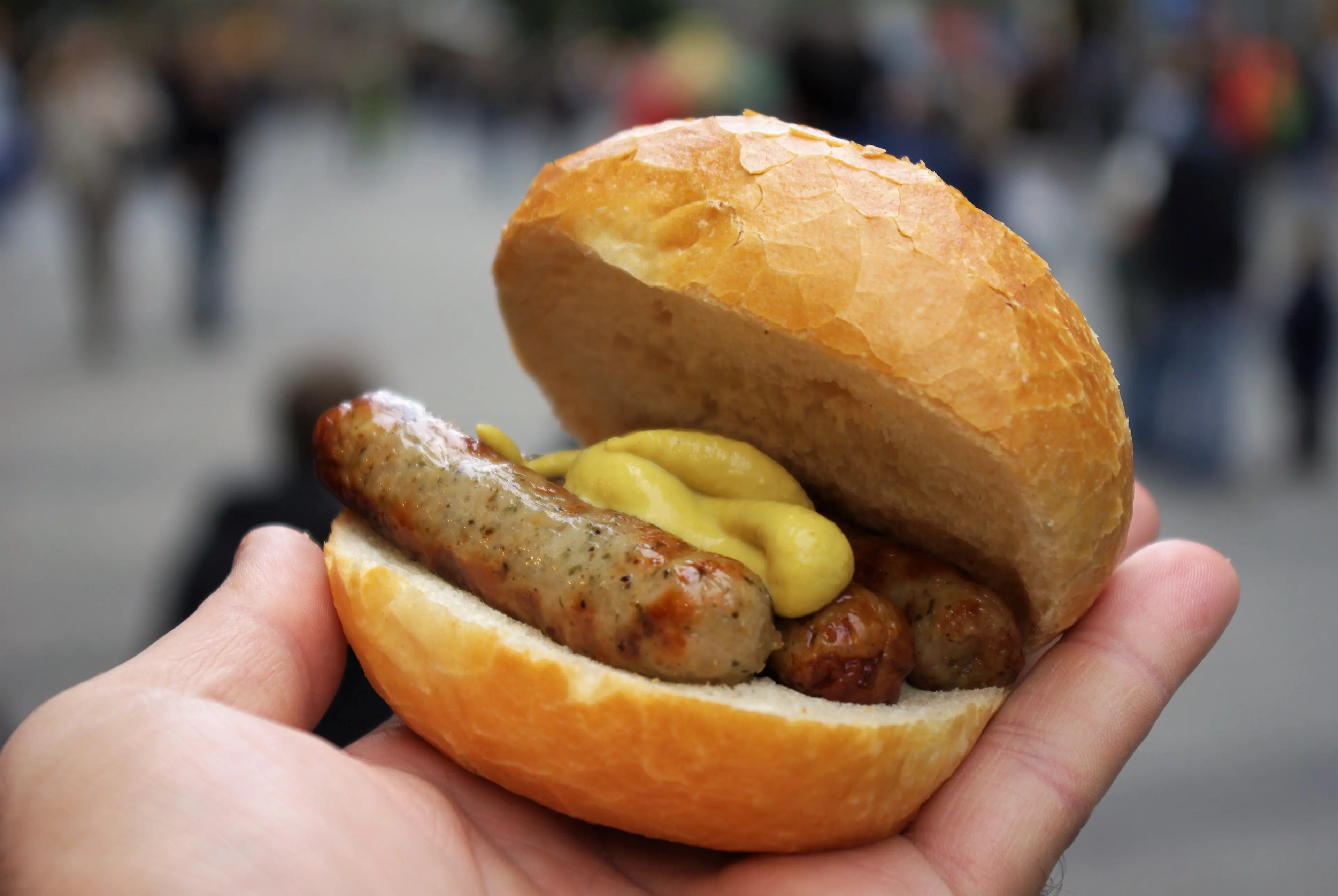
Drei im Weggla
A popular street food in Nuremberg, Drei im Weggla is a roll filled with three Nuremberg sausages and mustard.
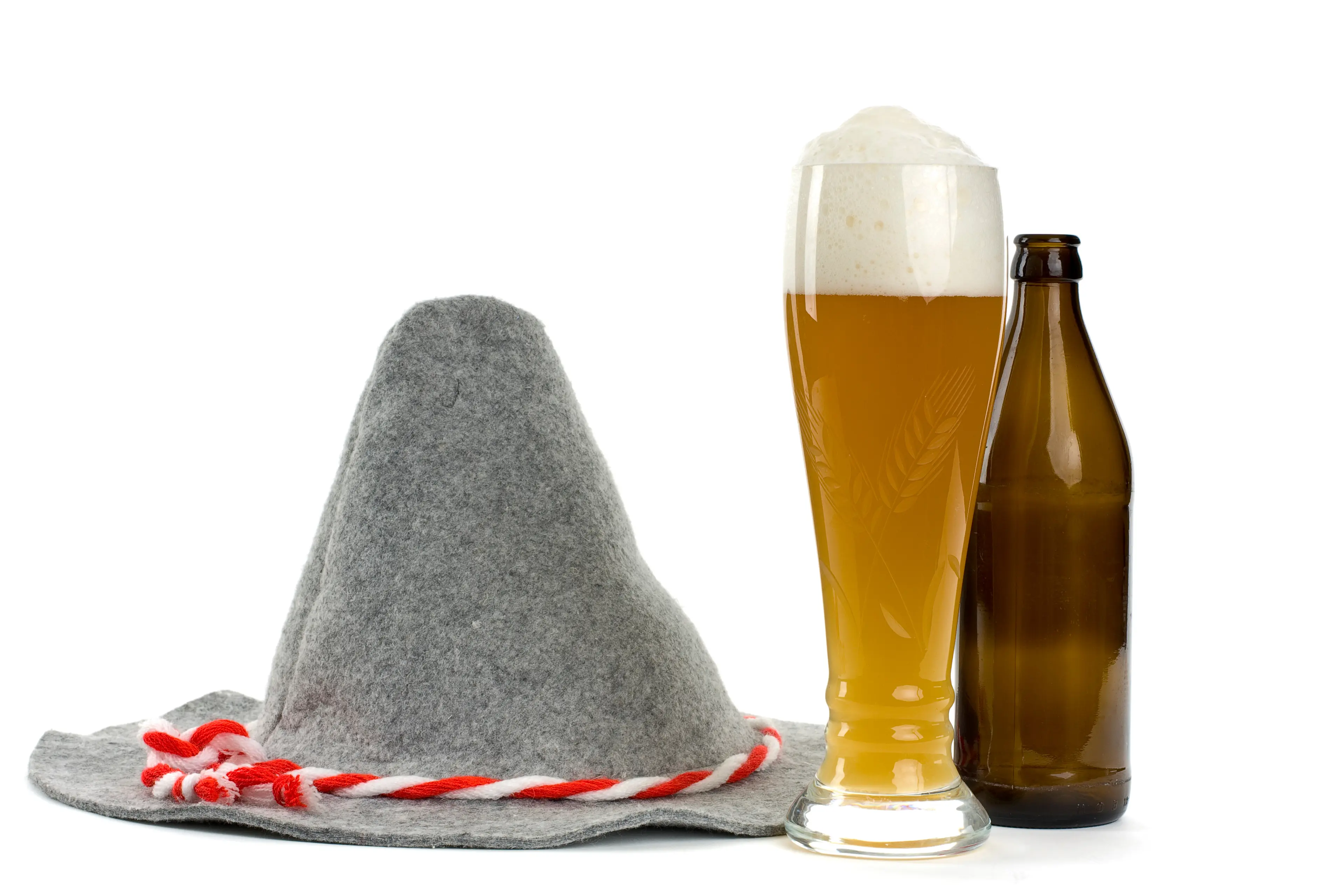
Franconian Beer
Nuremberg is located in Franconia, a region known for its beer. There are many different types of Franconian beer, but the most popular are the lagers and wheat beers.
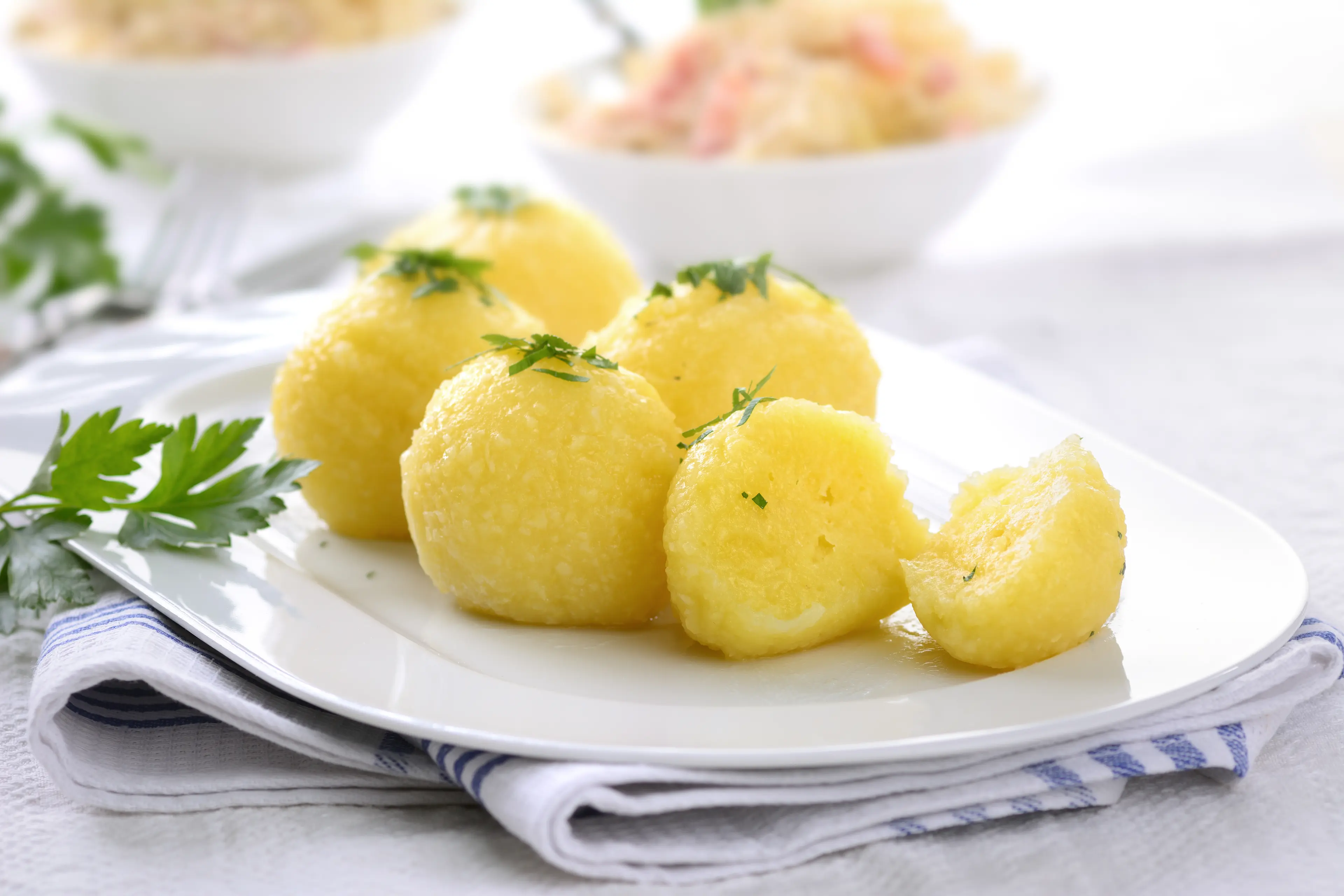
Kartoffelklöße
These are traditional German potato dumplings, often served as a side dish with meat. They are a staple in Nuremberg cuisine.
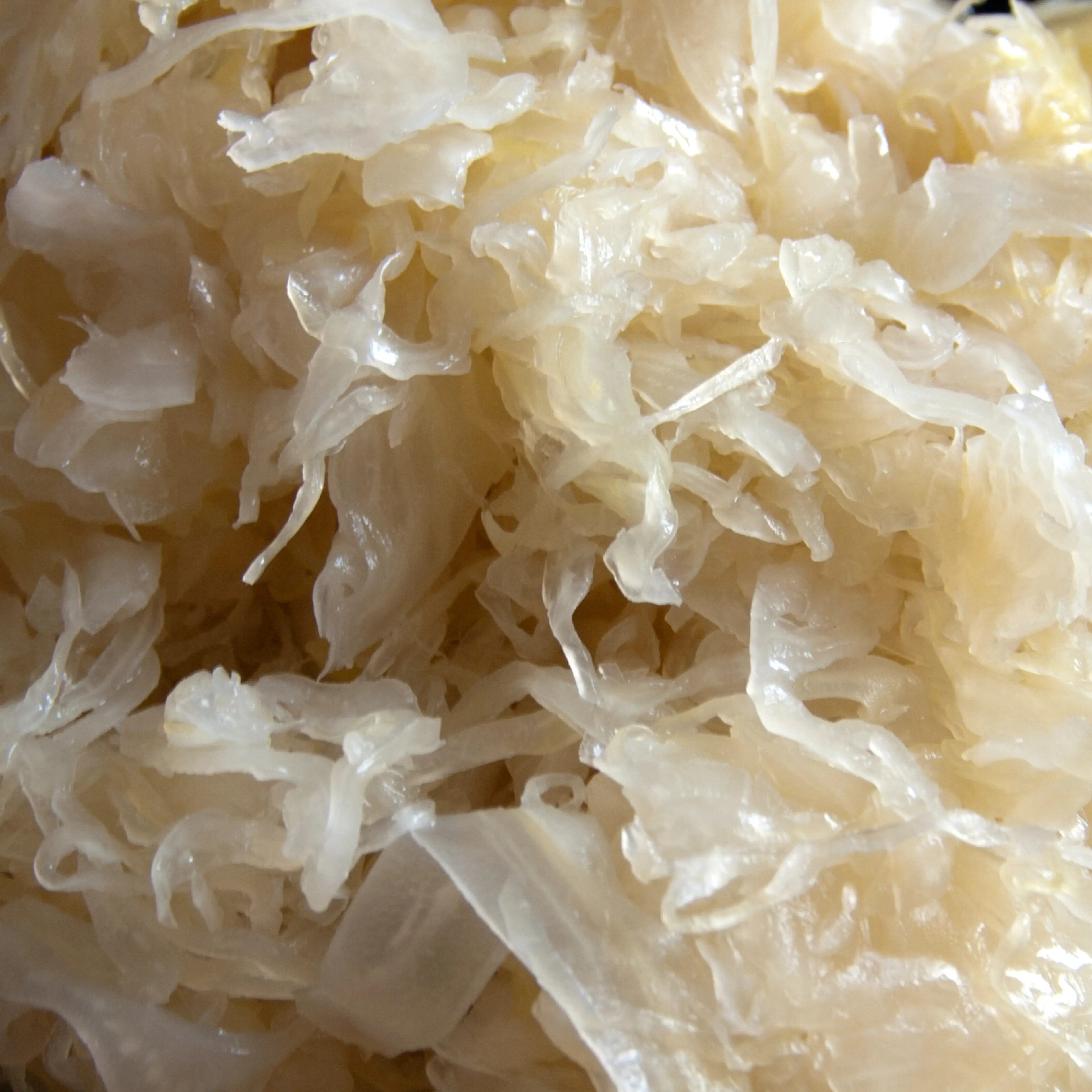
Sauerkraut
Sauerkraut is a fermented cabbage dish that is a staple in German cuisine. In Nuremberg, it is often served as a side dish with sausages or pork.
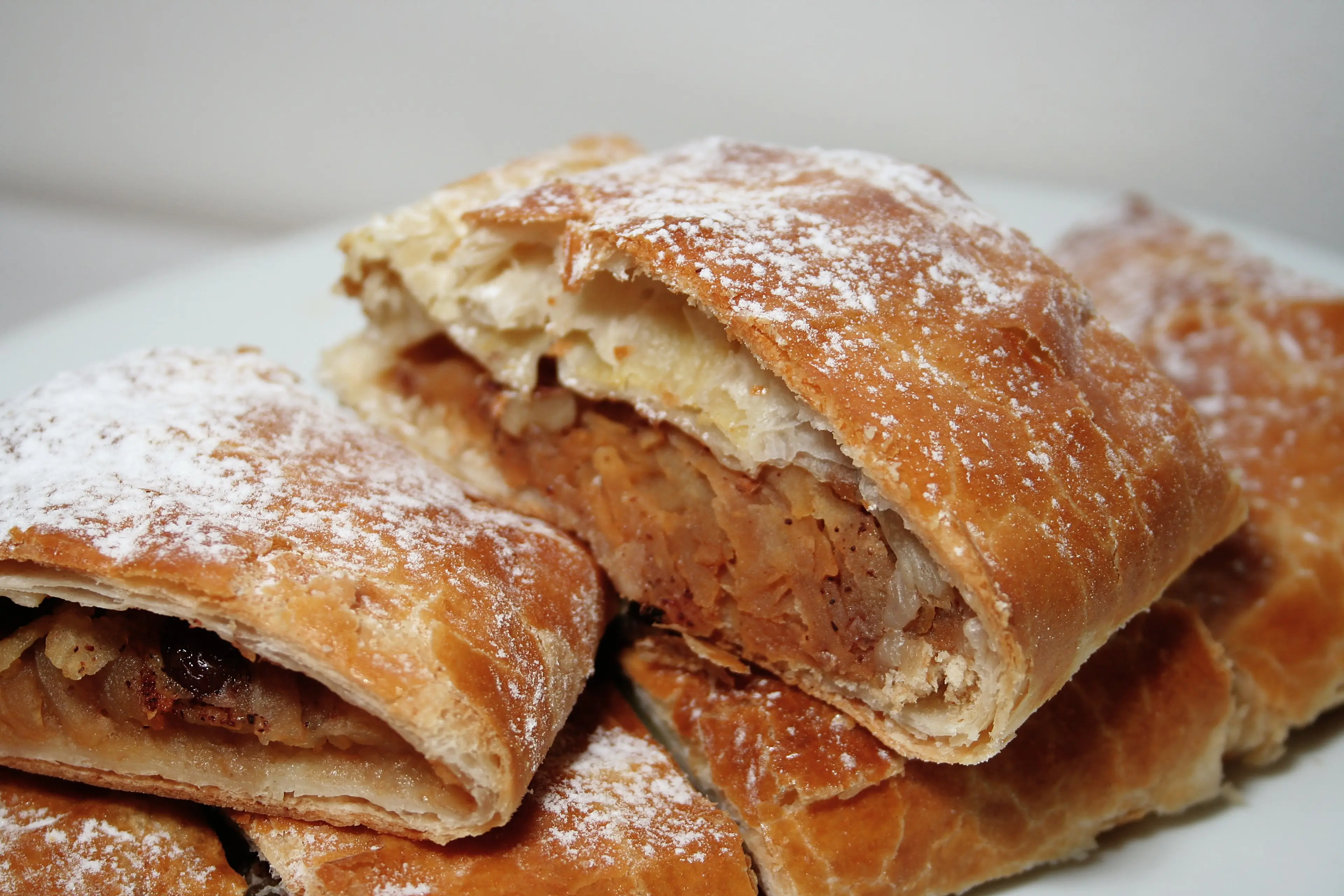
Apfelstrudel
A popular dessert in Nuremberg, Apfelstrudel is a pastry filled with apples, sugar, and cinnamon. It is often served with a dusting of powdered sugar.
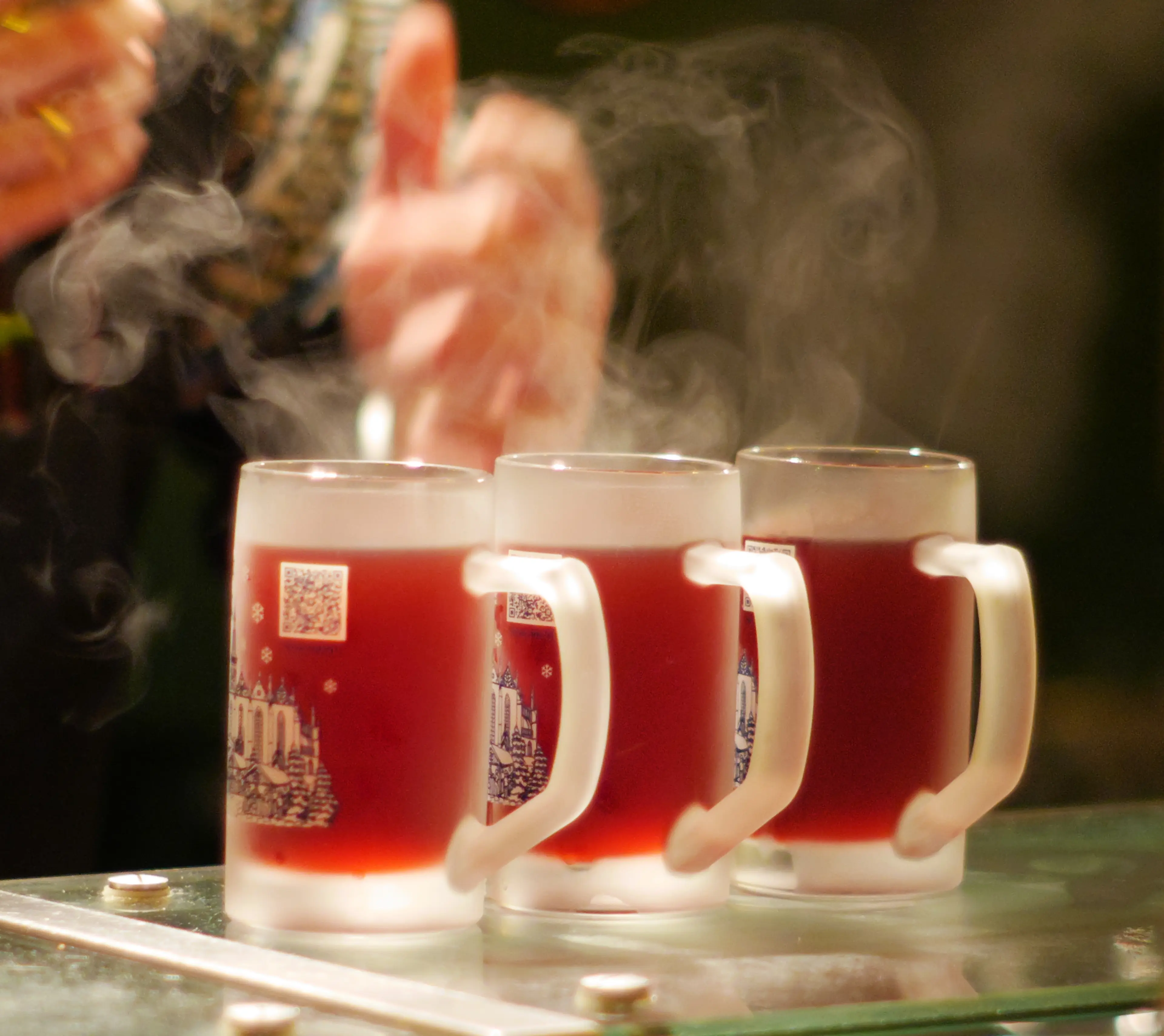
Glühwein
Glühwein, or mulled wine, is a popular drink in Nuremberg, especially during the Christmas season. It is made from red wine, heated and spiced with cinnamon, cloves, star anise, and citrus.
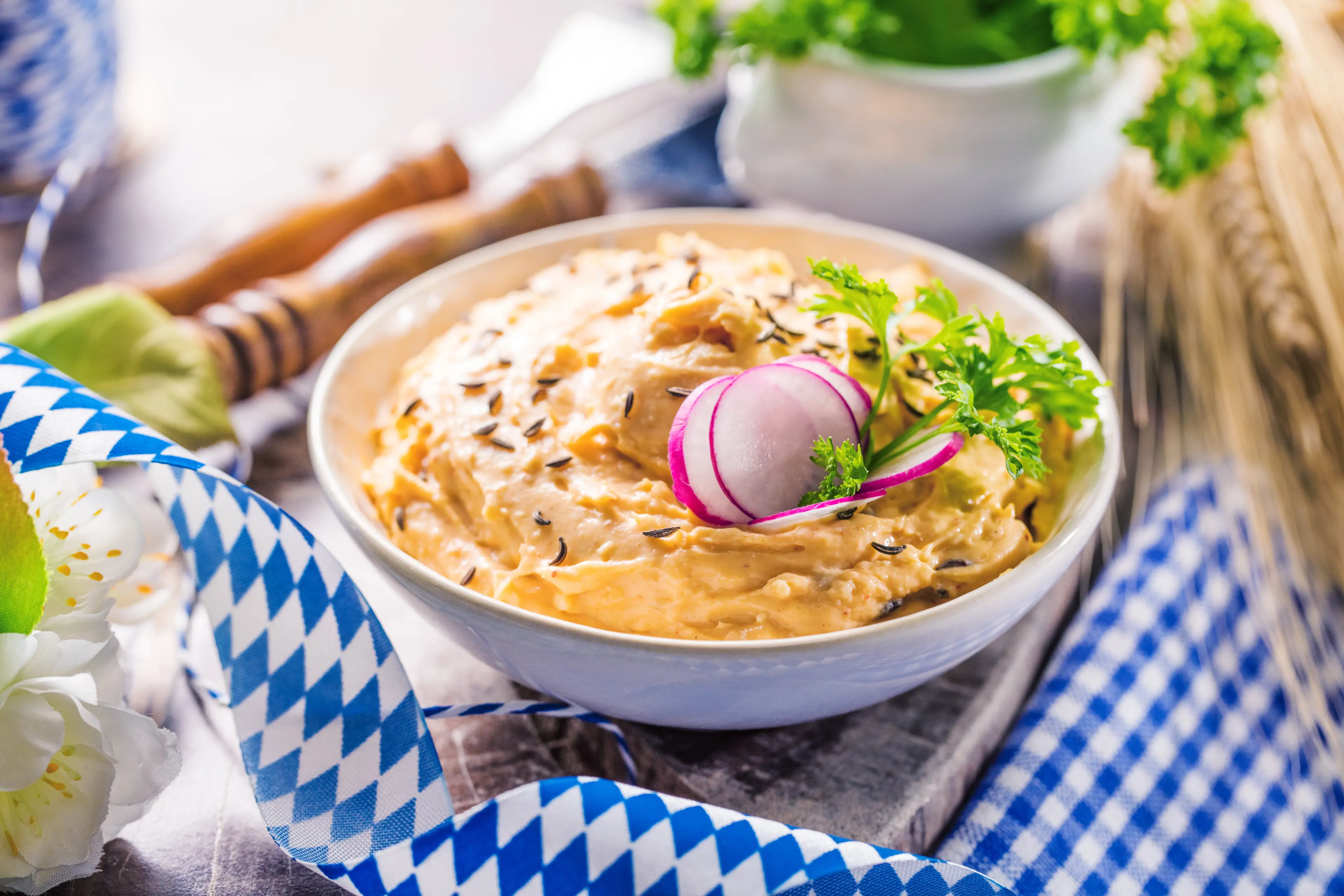
Obatzda
A traditional Bavarian cheese dish, Obatzda is a spread made from Camembert cheese, butter, and spices. It is often served with pretzels or bread in Nuremberg.
Best time to visit
The best time to visit Nuremberg, Germany is from June to August when the weather is warm and pleasant, perfect for sightseeing and outdoor activities. However, if you are interested in experiencing the famous Nuremberg Christmas Market, you should plan your visit in late November or December. Please note that it can be quite cold during this time, so pack accordingly.
How to get around
Public Transportation
Nuremberg has an extensive public transportation network, including trams, buses, and the U-Bahn (underground railway). The U-Bahn is particularly useful for getting around the city center and reaching outlying areas. Tickets can be purchased at machines at each station, and should be validated before boarding.
Ridesharing
Ridesharing services such as Uber are available in Nuremberg. This can be a convenient option for getting around, especially if you're traveling with a group or have a lot of luggage. However, availability can vary, especially during peak times.
Bicycle
Nuremberg is a bike-friendly city with numerous bike lanes and paths. Bicycles can be rented from various locations throughout the city, making this an eco-friendly and enjoyable way to explore Nuremberg at your own pace.
Car Rental
Renting a car can be a good option if you plan to explore the surrounding region of Nuremberg. However, parking can be challenging in the city center, and many areas are pedestrian-only. It's also worth noting that Germany has strict driving laws, so make sure you're familiar with these before getting behind the wheel.
Taxi
Taxis are readily available in Nuremberg, either at taxi stands, by hailing one on the street, or by booking one in advance. They offer a convenient, though often more expensive, way to get around the city.
Walk
Many of Nuremberg's main attractions are located within a compact area in the city center, making walking a viable option. The city is pedestrian-friendly, with plenty of signage and pedestrian zones.
Train
Nuremberg's central train station, Hauptbahnhof, is a major transportation hub, with connections to other German cities and international destinations. This can be a convenient option if you're planning to take day trips from Nuremberg.
Airport Shuttle
Nuremberg Airport is located just a few kilometers from the city center, and is easily accessible by public transportation. There are also airport shuttle services available, which can be a convenient option if you're traveling with a lot of luggage or prefer a direct route to your accommodation.
Important information
Currency€ EUR
Time zoneUTC+1
Driving sideRight
Emergency phoneAmbulance and Fire: 112; Police: 110
Drinking waterYes
Power sockets
Voltage230 V
Things to know about Nuremberg, Germany as a first time visitor
1
Nuremberg is located in the German state of Bavaria, which has its own distinct culture and traditions.
2
The official language is German, but English is widely spoken in tourist areas.
3
The currency used is the Euro (€). Credit cards are widely accepted, but it's always a good idea to have some cash on hand.
4
Nuremberg is in the Central European Time Zone (CET), which is 1 hour ahead of Greenwich Mean Time (GMT+1).
5
The city has a temperate seasonal climate. Summers (June to August) are warm with temperatures ranging from 65°F to 75°F (18°C to 24°C), while winters (December to February) can be cold with temperatures often dropping below freezing.
6
Public transportation in Nuremberg is excellent. The city has an extensive network of trams, buses, and an underground system.
7
Tipping is customary in Germany. A tip of around 10% is standard in restaurants and for taxi drivers.
8
Nuremberg is a safe city, but like any other major city, it's advisable to take standard precautions against pickpockets in crowded areas.
9
The city has a wide range of accommodation options to suit all budgets, from luxury hotels to budget hostels and vacation rentals.
10
Nuremberg is known for its hearty Bavarian cuisine. Don't miss trying local specialties like Nuremberg sausages and gingerbread.
11
The city has a vibrant nightlife with a variety of bars, clubs, and live music venues.
12
Nuremberg is a bike-friendly city with many dedicated bike lanes and bike rental services.
13
The city has a strong commitment to sustainability, with many green spaces and initiatives to reduce environmental impact.
14
Nuremberg has a rich history and is known for its well-preserved medieval architecture.
15
The city is home to numerous festivals throughout the year, the most famous being the Nuremberg Christmas Market.
16
Shopping in Nuremberg offers a mix of high-end boutiques, department stores, and local markets.
17
Germany operates on a 230V supply voltage and 50Hz. Make sure your devices are compatible or bring a travel adapter.
18
Tap water in Nuremberg is safe to drink, and bottled water is readily available.
19
Germany has a universal healthcare system, but travel insurance is recommended for visitors.
20
Nuremberg is a walkable city, but comfortable shoes are recommended as many streets are cobblestone.
Basic German to know as a first time visitor
English phrase | Native phrase | Pronunciation | When to use it |
|---|---|---|---|
Hello | Hallo | Ha-lo | Greeting someone |
Goodbye | Auf Wiedersehen | Owf veeder-zayn | Saying goodbye |
Please | Bitte | Bit-te | Making a request |
Thank you | Danke | Dahn-kuh | Expressing gratitude |
Yes | Ja | Yah | Agreeing or confirming |
No | Nein | Nine | Disagreeing or denying |
Excuse me | Entschuldigung | Ent-shool-dee-goong | Getting attention or apologizing |
I don't understand | Ich verstehe nicht | Ish fer-shtay-uh nikht | When you don't understand something |
Do you speak English? | Sprechen Sie Englisch? | Shprekhen zee Eng-lish? | Asking if someone speaks English |
Where is the bathroom? | Wo ist die Toilette? | Vo ist dee Toi-lette? | Finding a restroom |
I'm lost | Ich habe mich verlaufen | Ish ha-beh mikh fer-lofen | When you are lost |
Help | Hilfe | Hil-fe | In case of emergency |
Call the police | Rufen Sie die Polizei | Roofen zee dee Poli-tzai | In case of emergency |
I need a doctor | Ich brauche einen Arzt | Ish brow-kheh i-nen artst | When you need medical assistance |
Can I have the menu, please? | Kann ich bitte die Speisekarte haben? | Kan ish bit-te dee shpy-zeh-kar-teh ha-ben? | At a restaurant |
I would like to order | Ich möchte bestellen | Ish mohk-teh bestell-en | At a restaurant |
Water | Wasser | Vas-ser | At a restaurant or shop |
Beer | Bier | Beer | At a restaurant or shop |
How much does it cost? | Wie viel kostet das? | Vee feel kost-et das? | When shopping |
Where is...? | Wo ist...? | Vo ist...? | Asking for directions |
Packing List
Clothing
Underwear (3 pairs)
Socks (3 pairs)
T-shirts (3)
Pants/Jeans (2 pairs)
Comfortable walking shoes
Sweater or jacket
Pajamas
Swimwear (if applicable)
Scarf, gloves and hat (if winter)
Raincoat or umbrella
Toiletries
Toothbrush and toothpaste
Deodorant
Shampoo and conditioner
Body wash or soap
Razor and shaving cream
Makeup and makeup remover (if applicable)
Hairbrush or comb
Prescription medications
First aid kit
Travel documents and essentials
Passport/ID
Airline tickets
Hotel reservation confirmation
Travel insurance documents
Credit and debit cards
Cash in local currency
Guidebook or map
Emergency contacts and addresses
Electronics and gadgets
Smartphone
Charger for smartphone
Power bank
Headphones
Camera (if applicable)
Charger for camera (if applicable)
Universal travel adapter
Miscellaneous items
Snacks for the journey
Reusable water bottle
Travel pillow and blanket
Books or e-reader for entertainment
Travel-sized laundry detergent
Plastic bags for dirty clothes
Weather Conditions
Nuremberg, Germany, experiences a temperate seasonal climate, which means the weather can vary significantly depending on the time of year you visit. If you're planning a trip in the winter months, from December to February, be prepared for cold weather. Temperatures can drop to around 32°F (0°C) or lower, so pack warm clothing, including a heavy coat, gloves, and a hat. Snowfall is common during this period, which can add a magical touch to the city's historical sites but might disrupt travel plans. Spring, from March to May, and autumn, from September to November, offer milder weather. Temperatures typically range between 45°F (7°C) and 60°F (15°C), so a medium-weight jacket should suffice. These seasons can be quite rainy, so don't forget to pack an umbrella or a raincoat. Summer, from June to August, is the warmest time of year, with temperatures often reaching up to 75°F (24°C). However, it can occasionally get hotter, so lightweight, breathable clothing is recommended. Don't forget your sunscreen, as the sun can be quite strong. Regardless of when you visit, it's always a good idea to check the forecast before your trip to ensure you're packing appropriately. And remember, the weather can change quickly, so it's wise to pack layers that you can add or remove as needed. Lastly, keep in mind that the weather can affect local attractions. For example, outdoor sites like the Imperial Castle of Nuremberg are more enjoyable in good weather, while museums and indoor attractions can be great options for rainy or overly cold days. Enjoy your trip to Nuremberg!
| Month | Hi / Lo (°C) | Weather Overview |
|---|---|---|
January | 4° / -3° | January is the coldest month in Nuremberg, with frequent snowfall. Dress warmly and enjoy the beautiful winter scenery. |
February | 6° / -2° | February is still quite cold, with occasional snowfall. It's a great time for indoor activities and museum visits. |
March | 11° / 0° | March sees the beginning of spring, with temperatures slowly rising. The city starts to bloom, making it a beautiful time for sightseeing. |
April | 16° / 3° | April is a pleasant month with moderate temperatures. It's a great time to explore the city's parks and outdoor attractions. |
May | 20° / 7° | May brings warmer temperatures and the city is in full bloom. It's an ideal time for outdoor activities and city tours. |
June | 23° / 10° | June marks the beginning of summer, with long, sunny days. Enjoy outdoor festivals and events during this time. |
July | 25° / 12° | July is the warmest month in Nuremberg. It's a perfect time for picnics in the park and exploring the city's historical sites. |
August | 24° / 12° | August is still quite warm, with plenty of sunshine. Enjoy the city's beer gardens and outdoor dining options. |
September | 20° / 9° | September sees the start of autumn, with cooler temperatures and beautiful fall foliage. It's a great time for hiking and nature walks. |
October | 14° / 5° | October is a cool month with beautiful autumn colors. It's a great time to visit the city's museums and historical sites. |
November | 8° / 1° | November is a chilly month, with shorter days. It's a good time to explore the city's indoor attractions and Christmas markets. |
December | 5° / -1° | December is a festive month in Nuremberg, with the famous Christmas Market. Dress warmly and enjoy the holiday atmosphere. |
Did you know?
Places near by Nuremberg, Germany
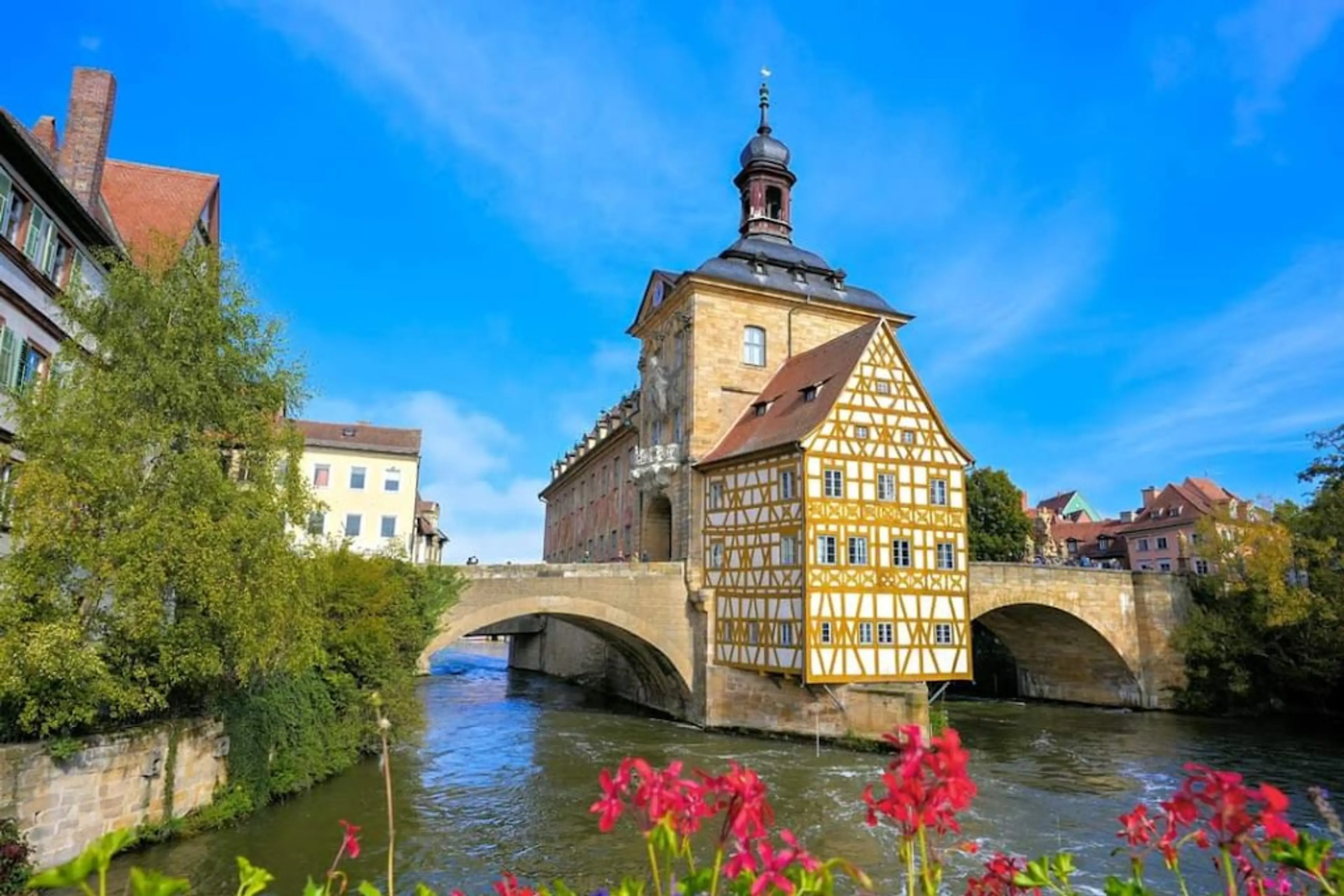
Bamberg
A UNESCO World Heritage site known for its preserved medieval architecture
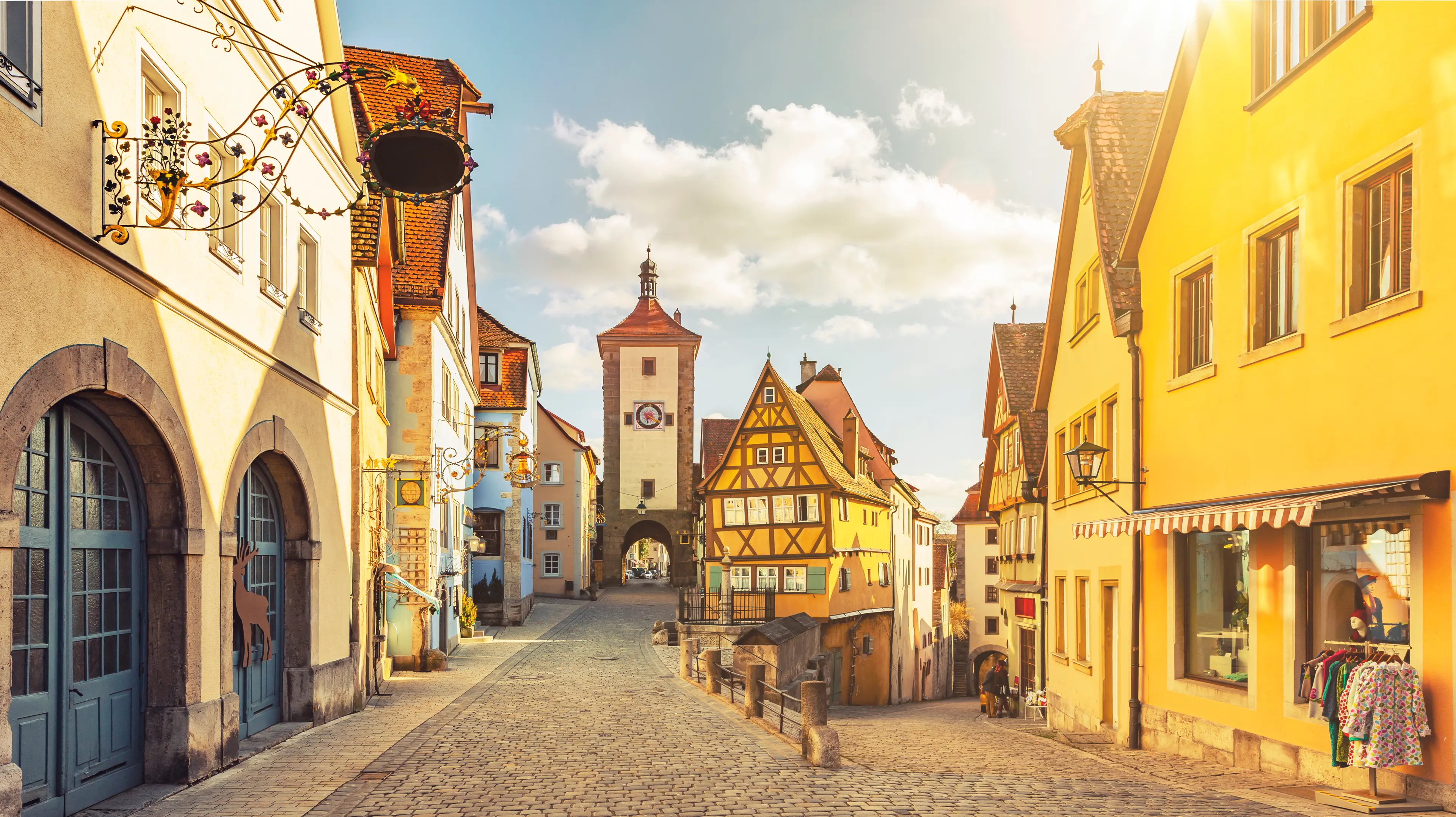
Rothenburg ob der Tauber
A well-preserved medieval old town
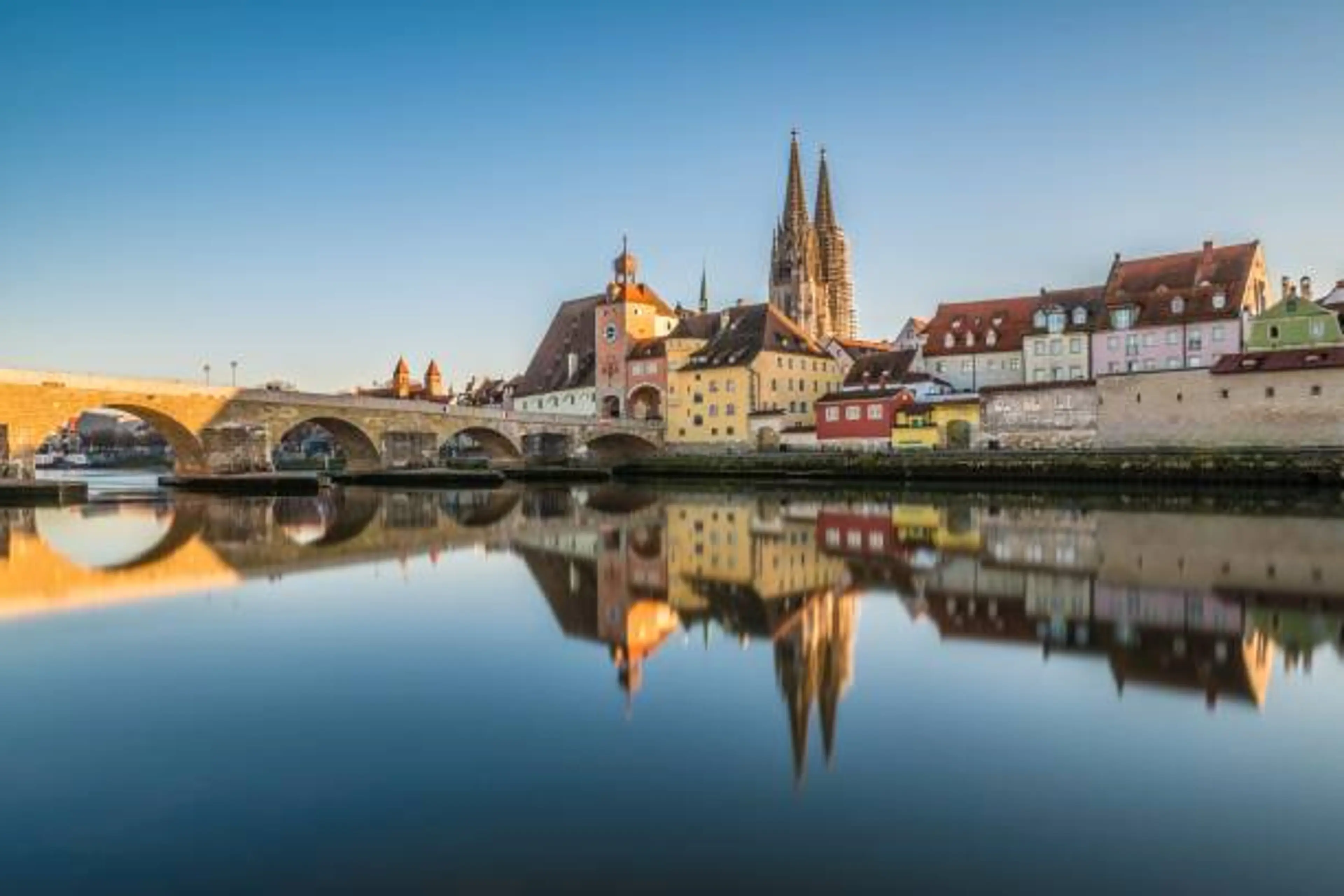
Regensburg
A city known for its well-preserved medieval core

Würzburg
A city known for its art and architecture
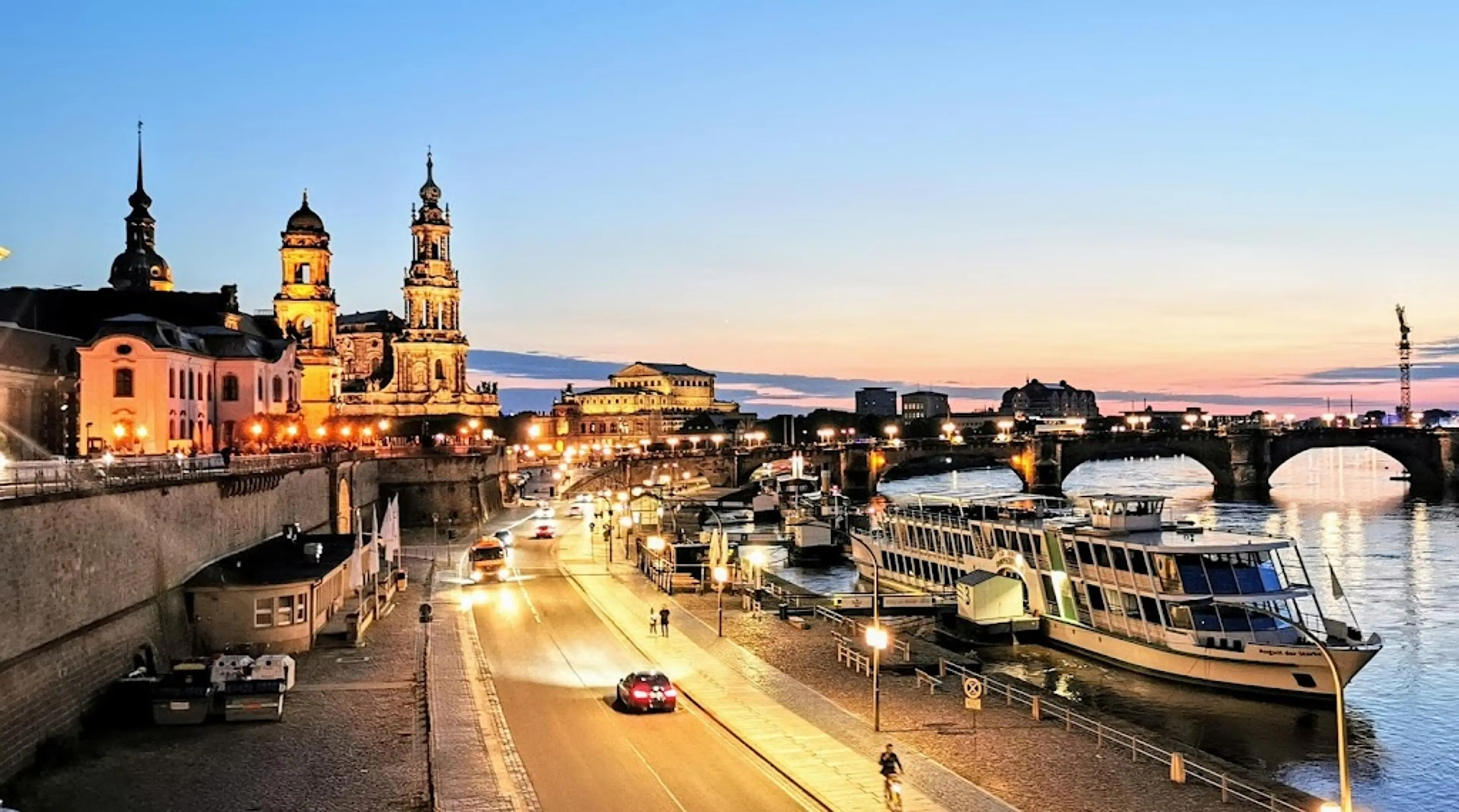
Dresden
Known for its baroque architecture and art museums
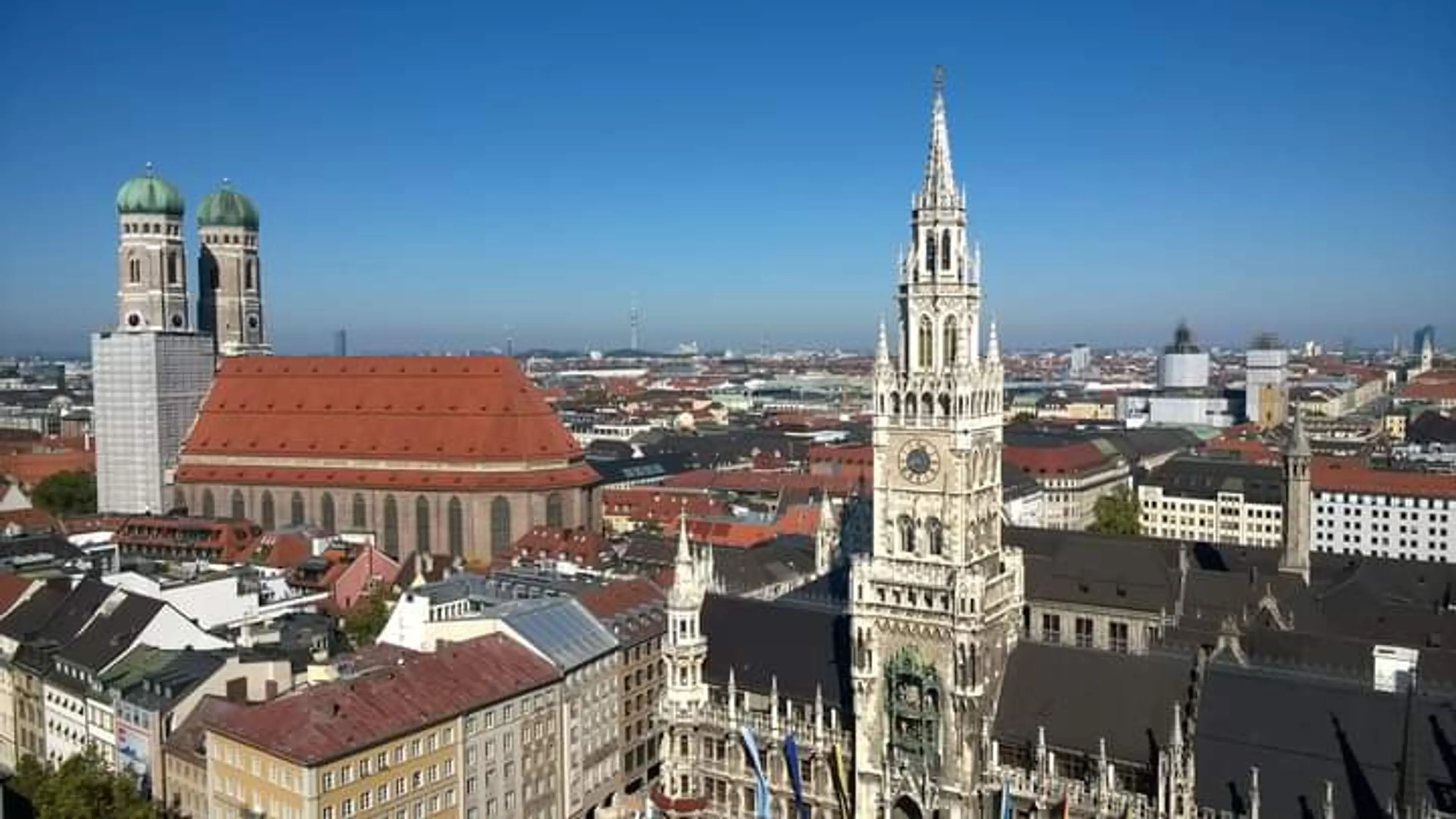
Munich
The capital of Bavaria known for its centuries-old buildings and numerous museums
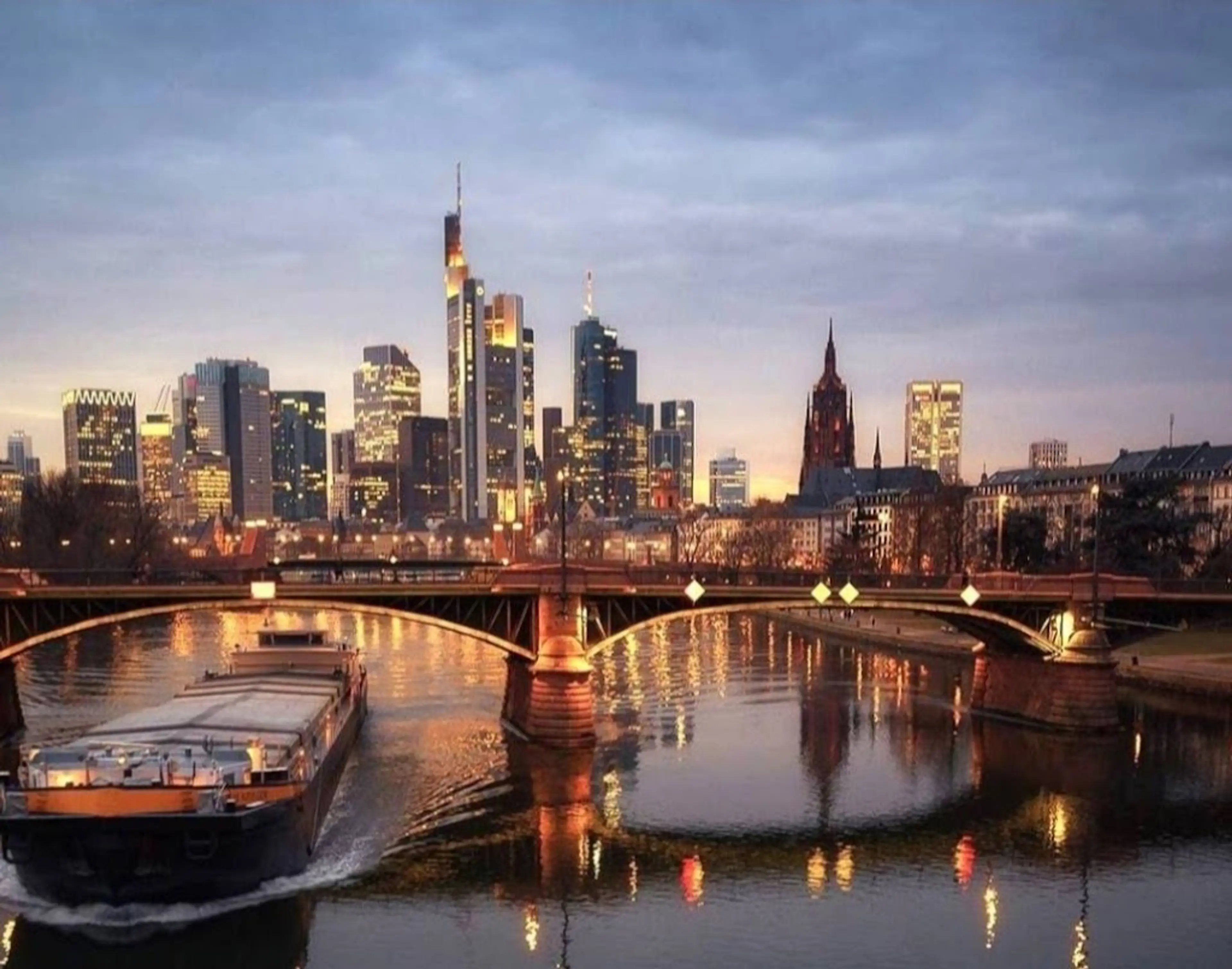
Frankfurt
A global hub for commerce, culture, education, tourism and transportation
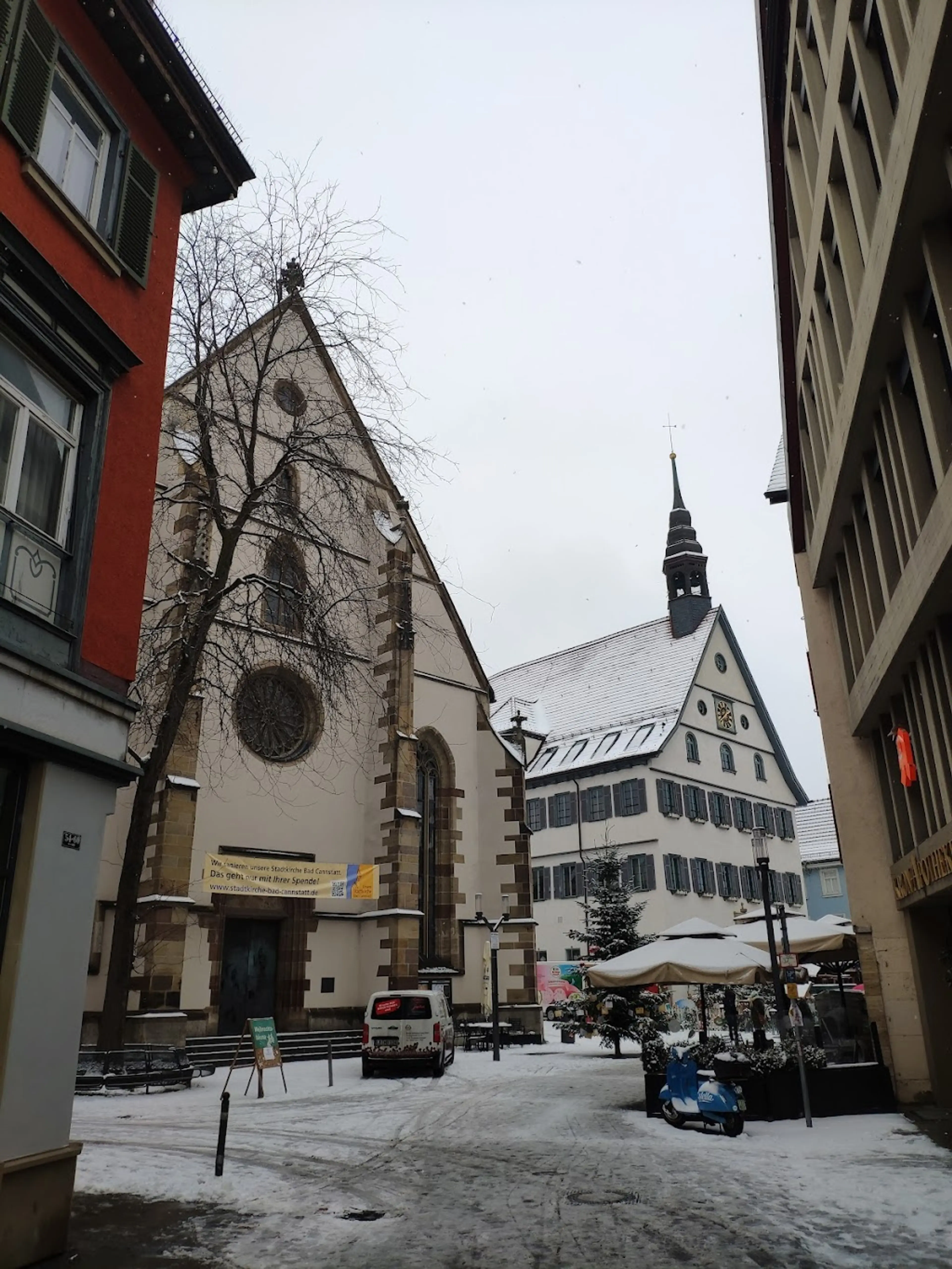
Stuttgart
Known for its modern and historical cultural sites
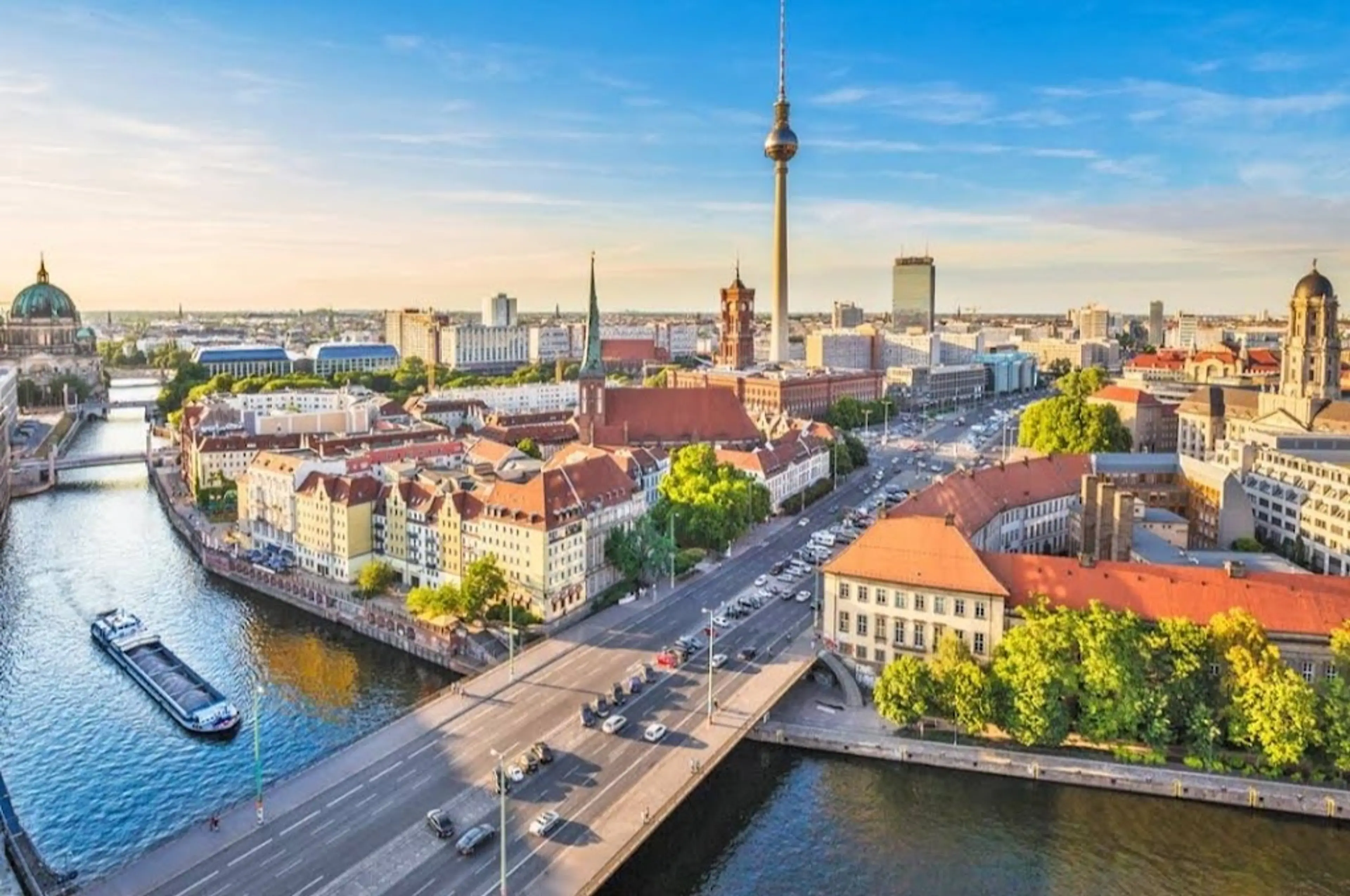
Berlin
The capital of Germany known for its art scene and modern landmarks like the Berlin Wall
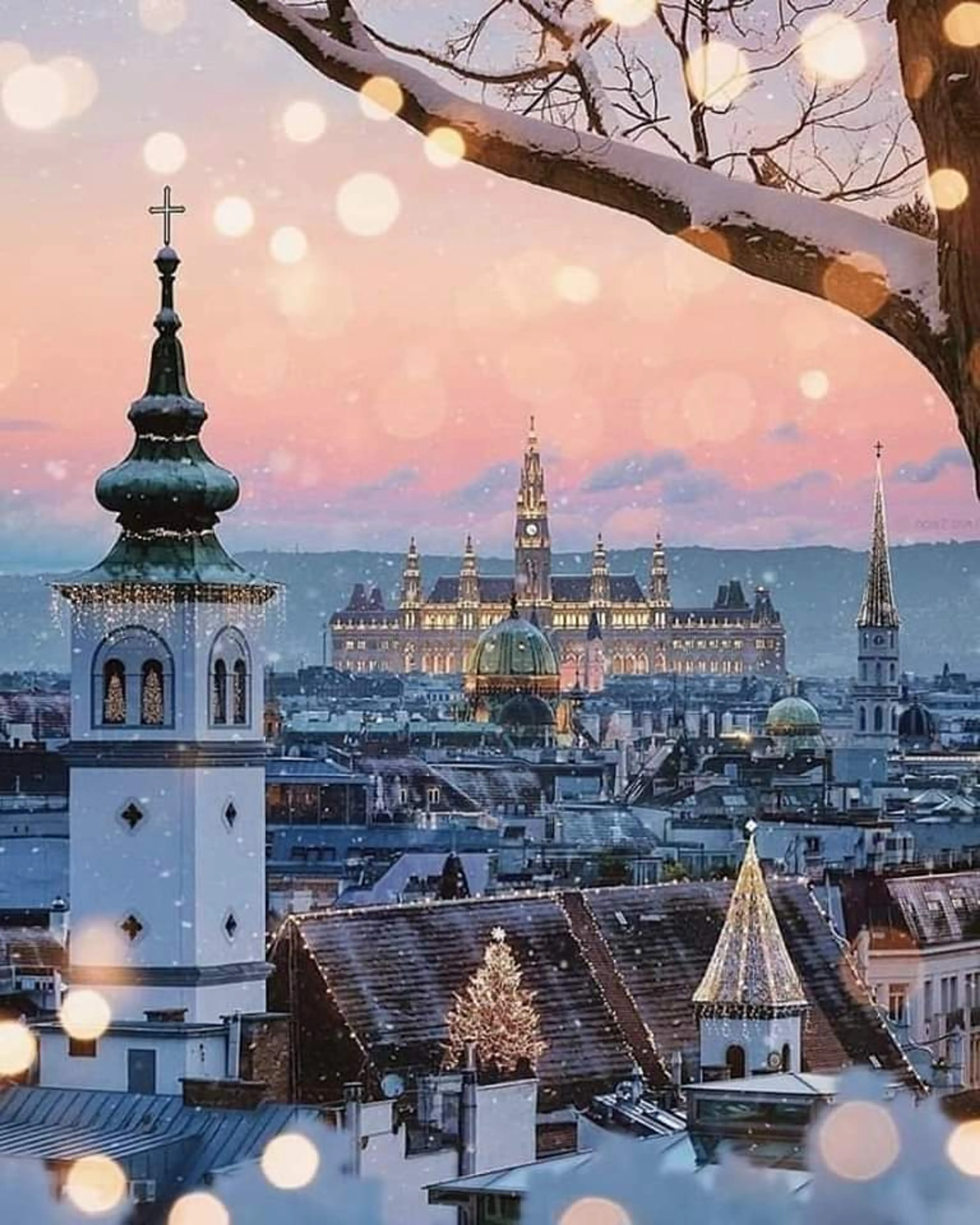
Vienna
The capital of Austria known for its Imperial palaces

Zurich
The largest city in Switzerland known for its preserved medieval architecture
